Where to start. Or to end. Alexandre Courtès is one of those individuals who is allowed to namedrop, simply because he can. So we are doing it for him. Courtès contributed to the apparition of the French Touch trend by defining universal bands such as Cassius, Phoenix, Air and Daft Punk through his music videos and visual identities. He’s the man behind Daft Punk’s cult helmets and who is solicited by big players in the music business, like U2, Jamiroquai or the White Stripes.
He recently dived into the field of cinema with his first experience as a director of a full-lenght movie “The Incident,” and as well co-directed “Les Infidèles” with Gilles Lellouche and Jean Dujardin. This year, Courtès is coming back full of energy and inspiration with video clips for Justice and Sebastien Tellier. We met Alexandre in his loft, down the Abesses and descended right away heavily into the intoxicating classic Clockwork Orange and why it is present within him everywhere he goes.
This portrait is part of our ongoing collaboration withZEIT Onlinewho presents a special curation of our pictures on their site. Have a lookhere!
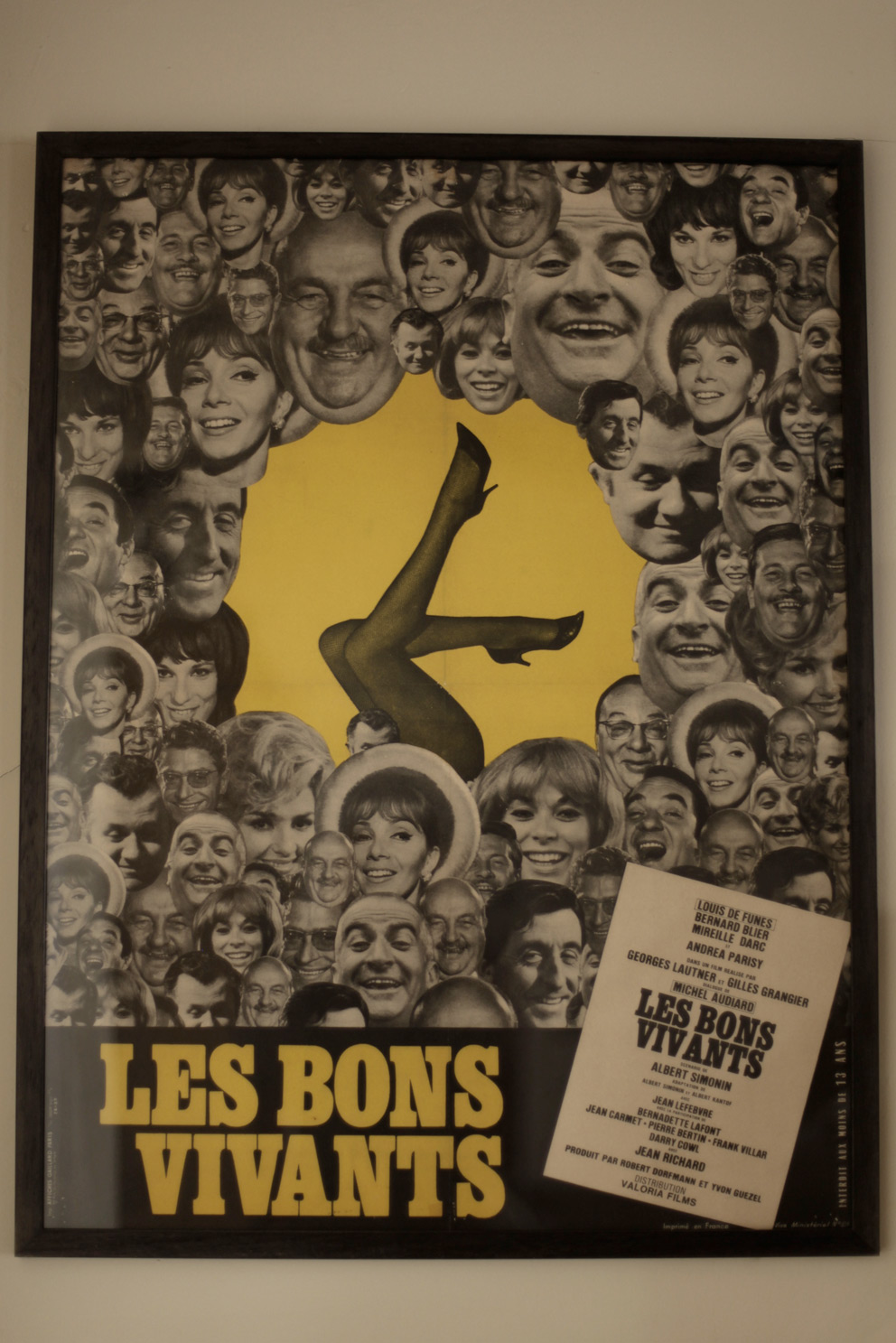

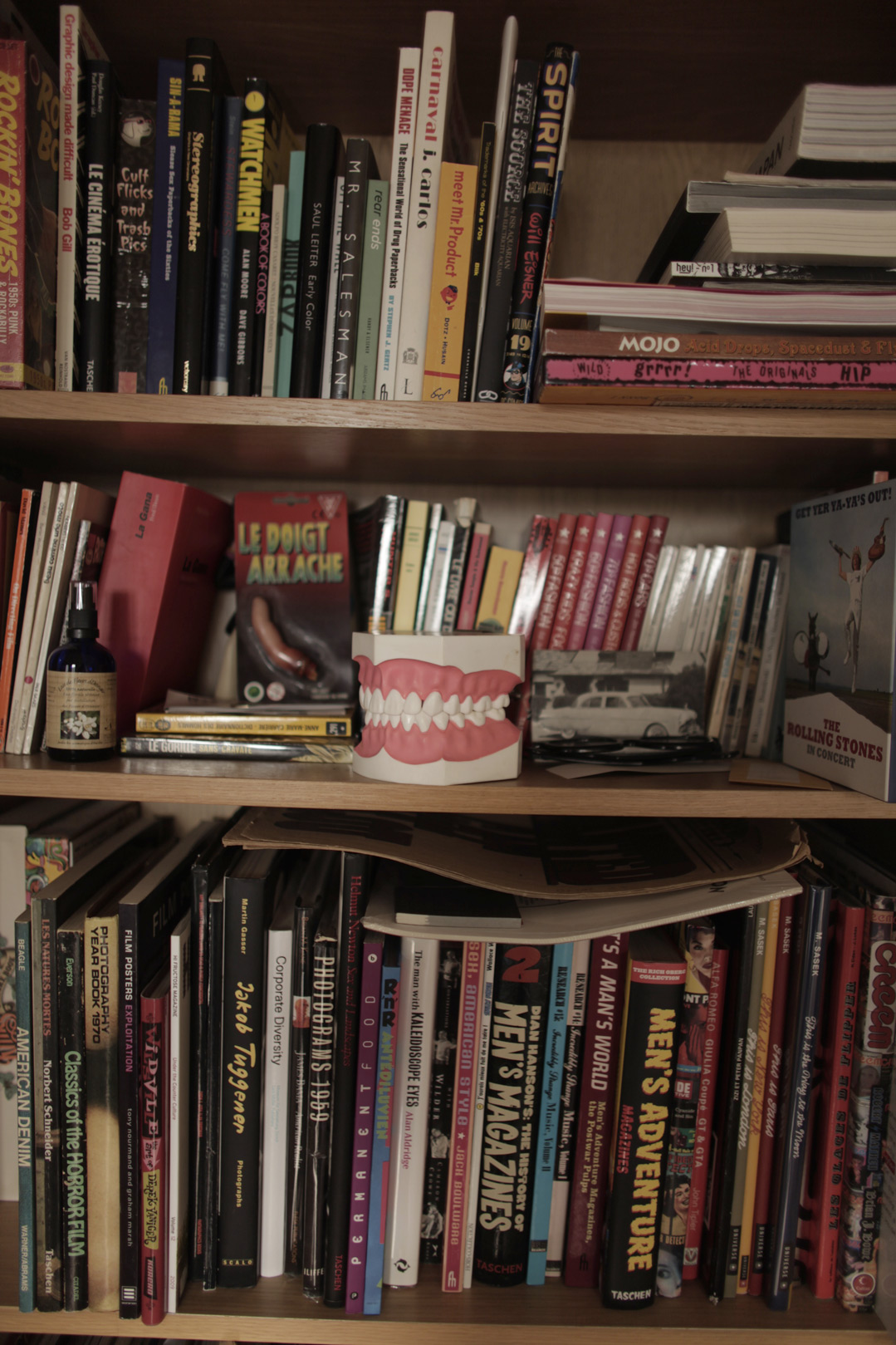
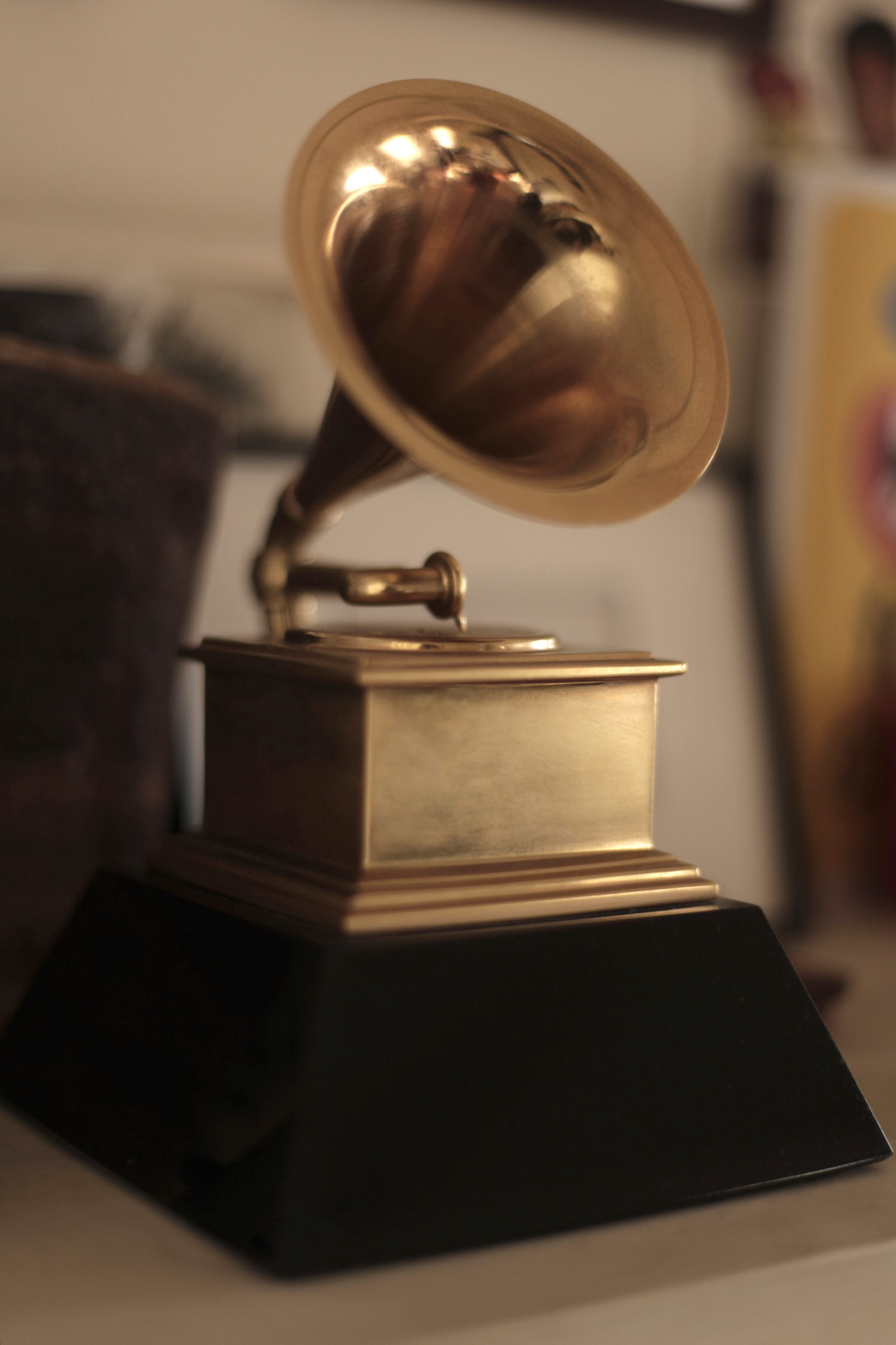
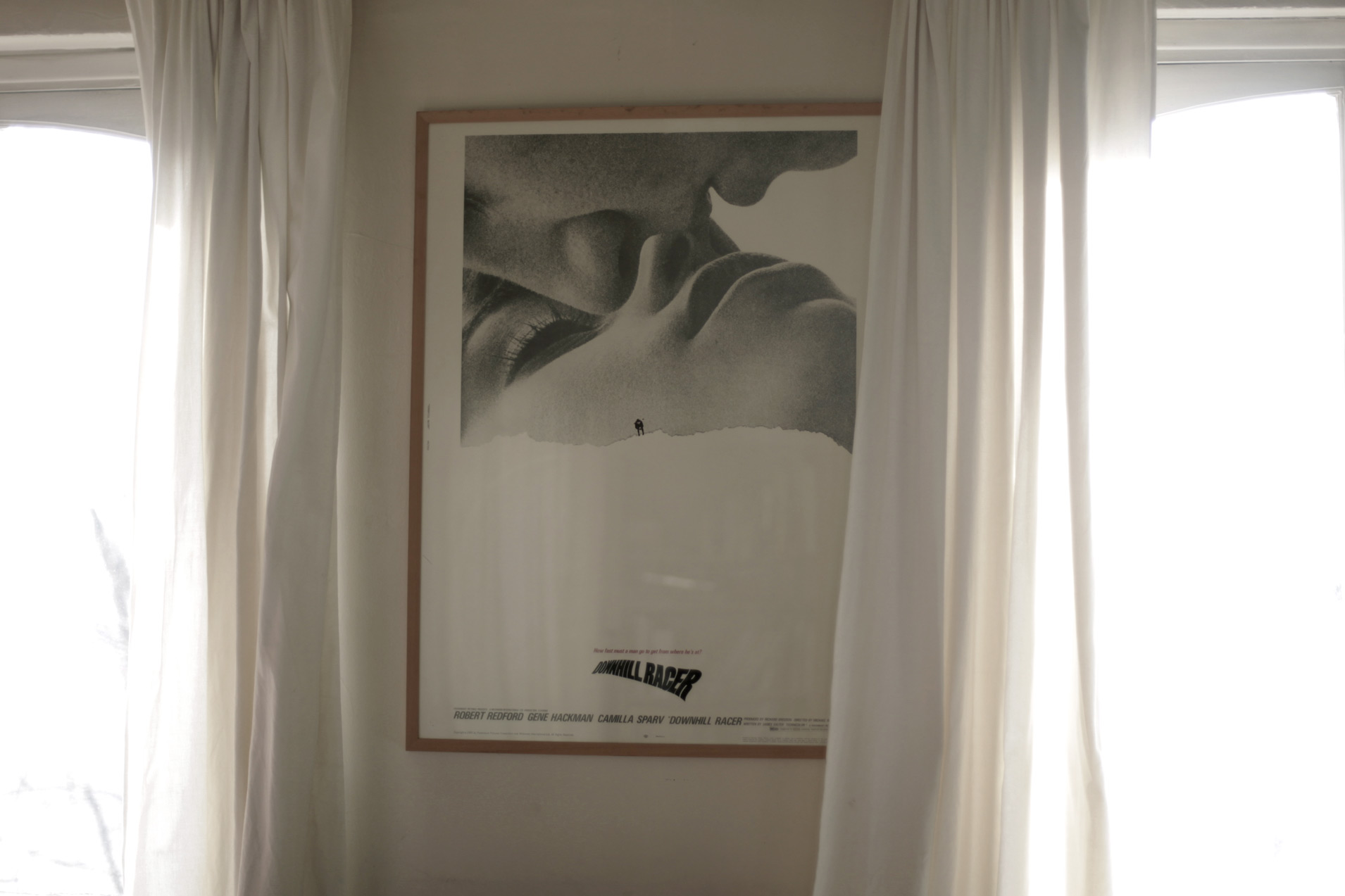
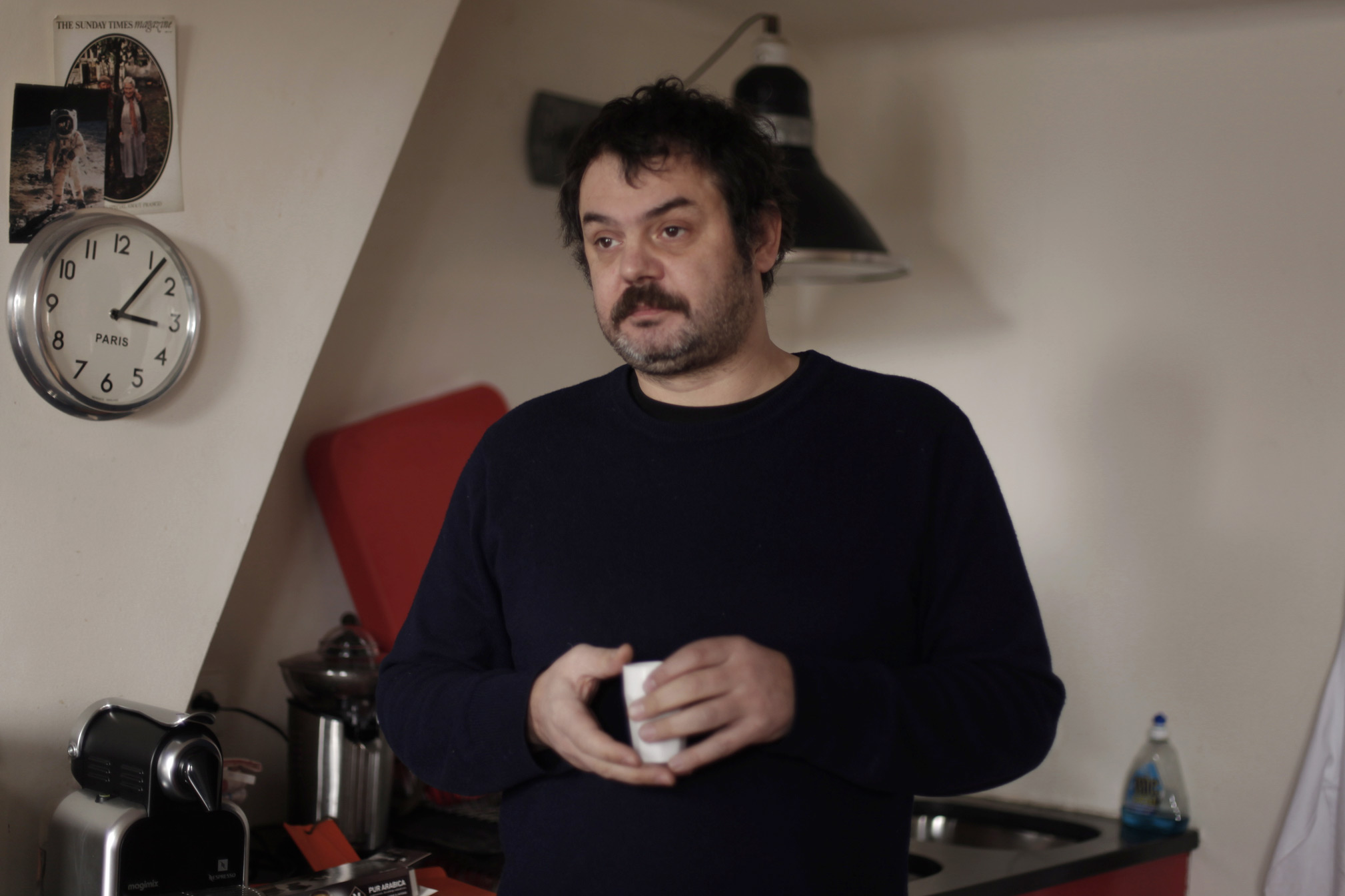
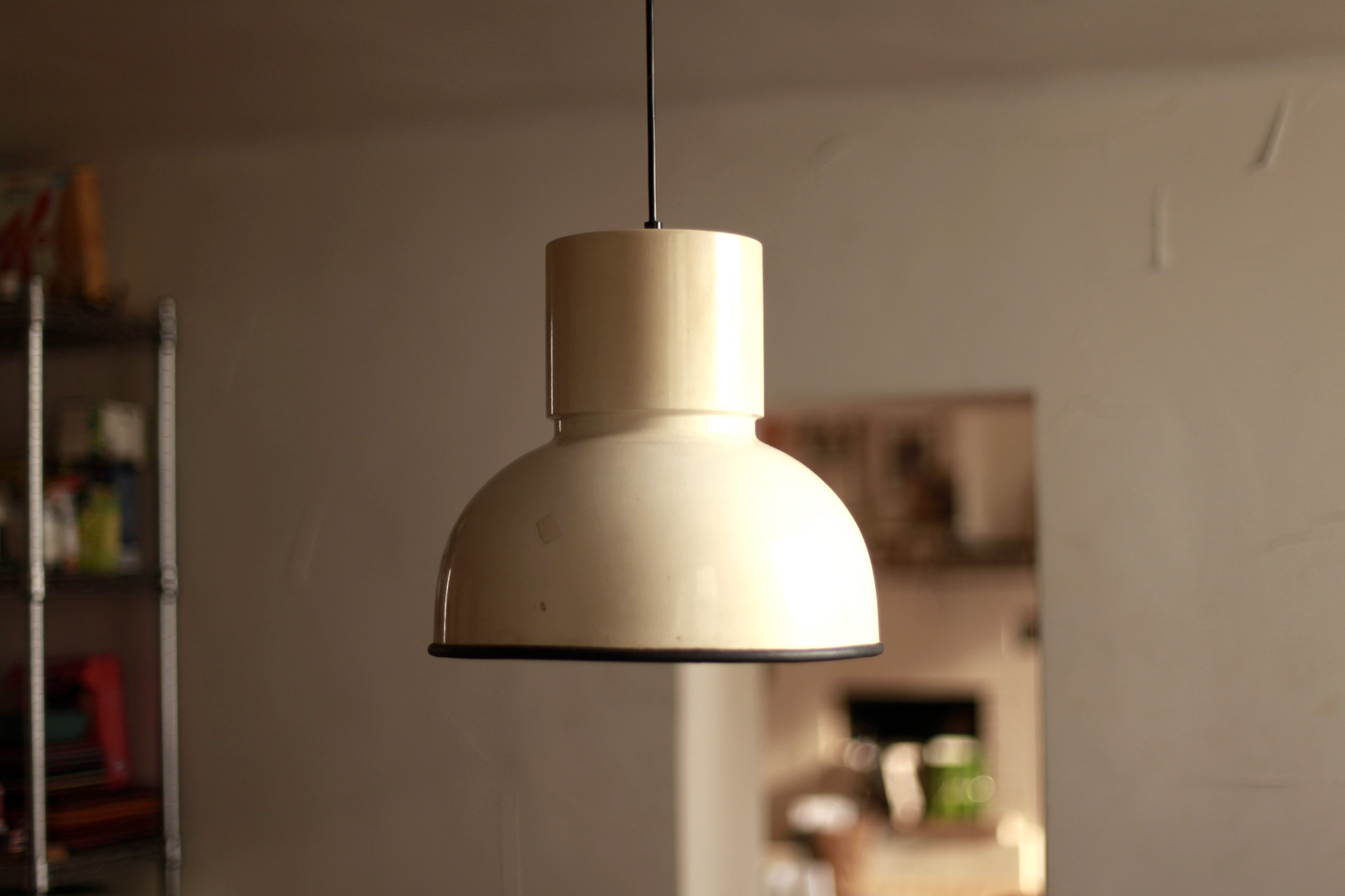
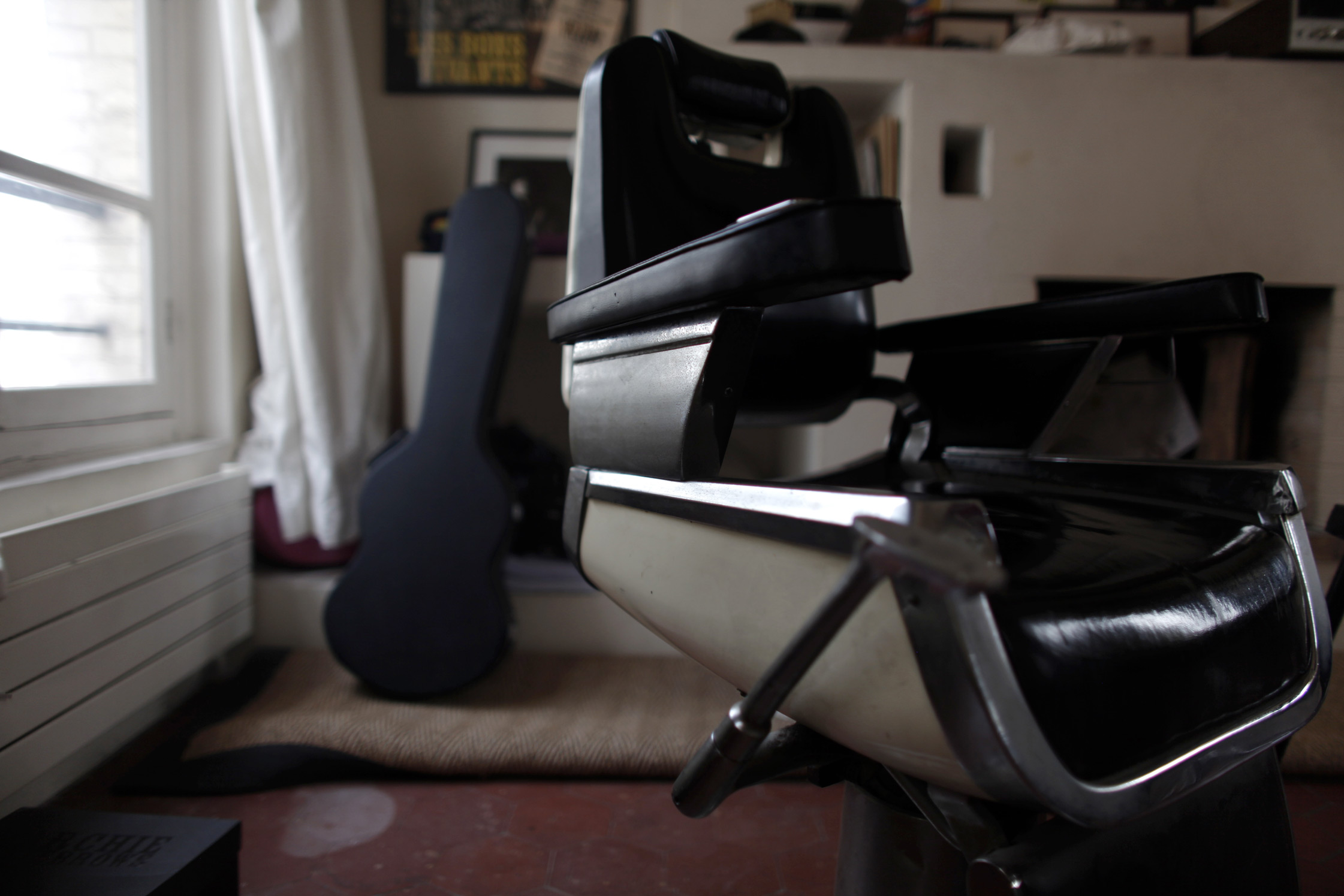
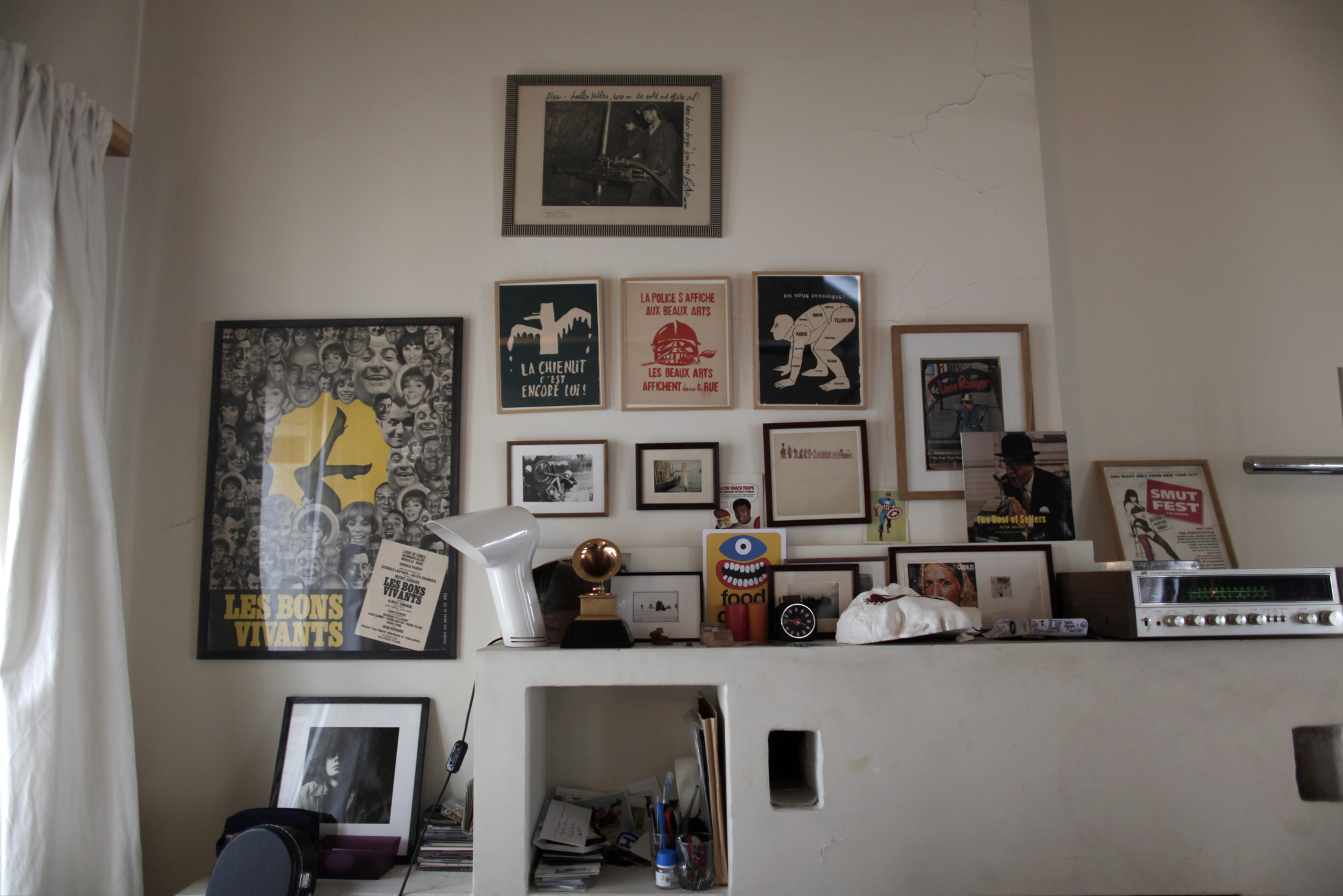
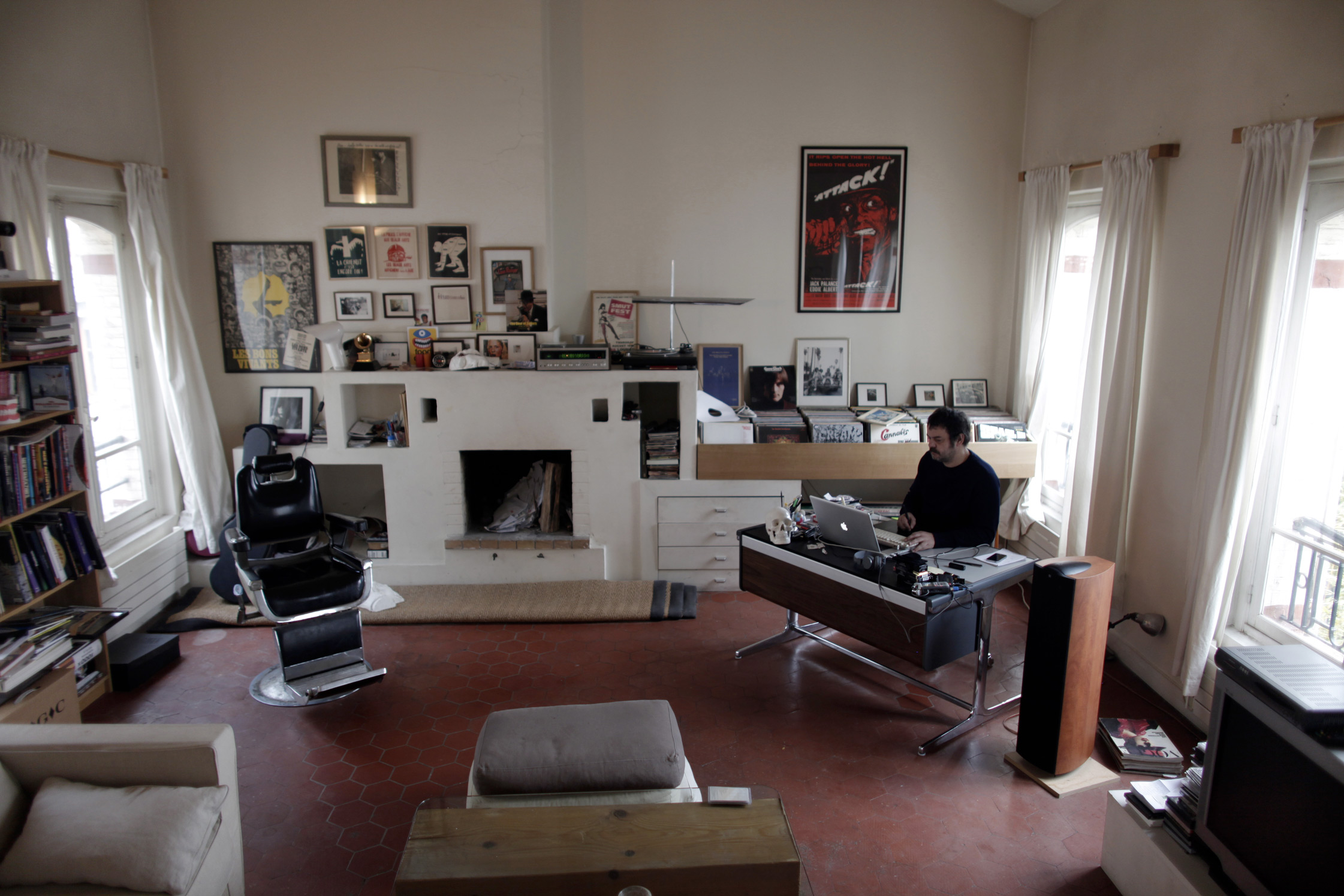
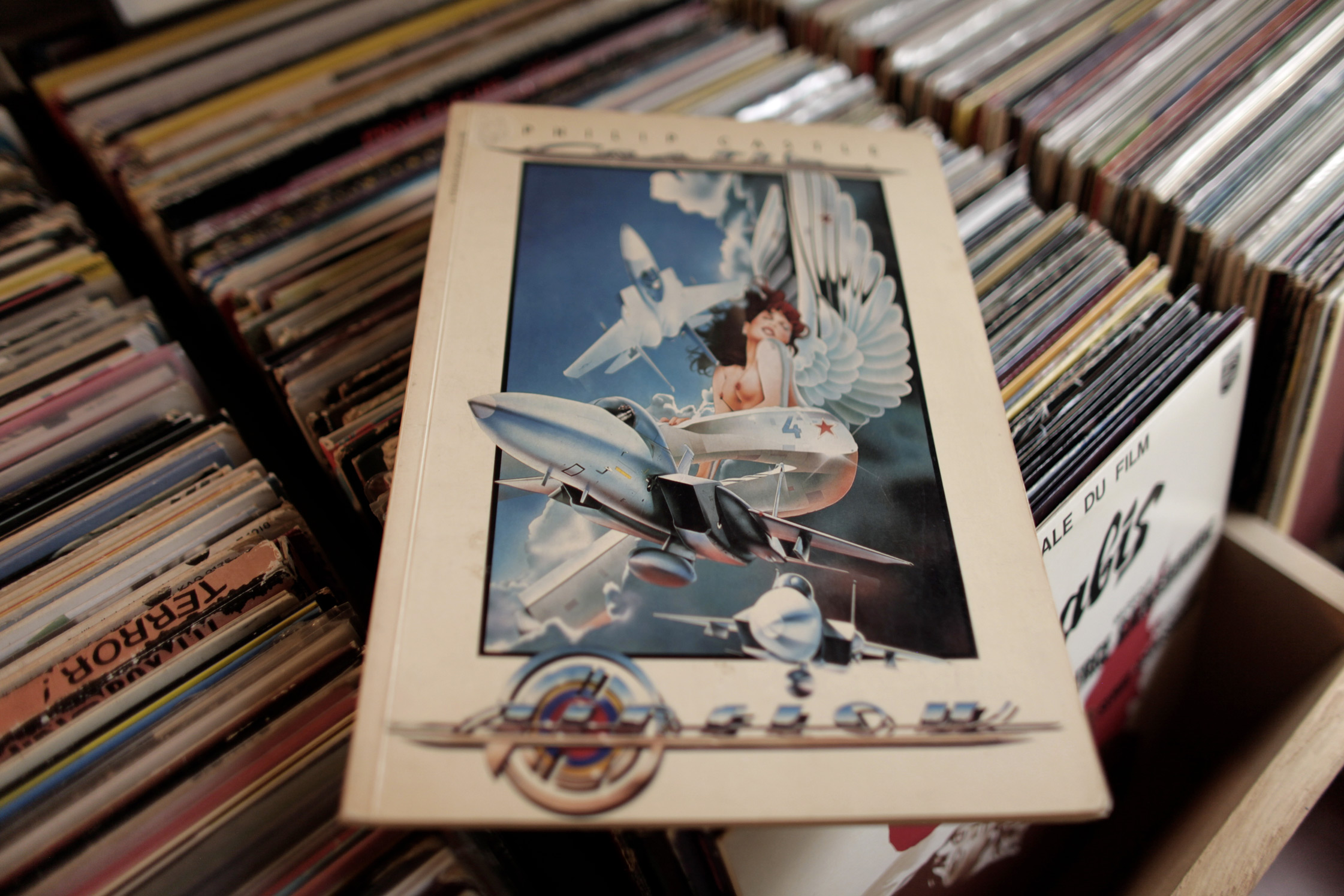
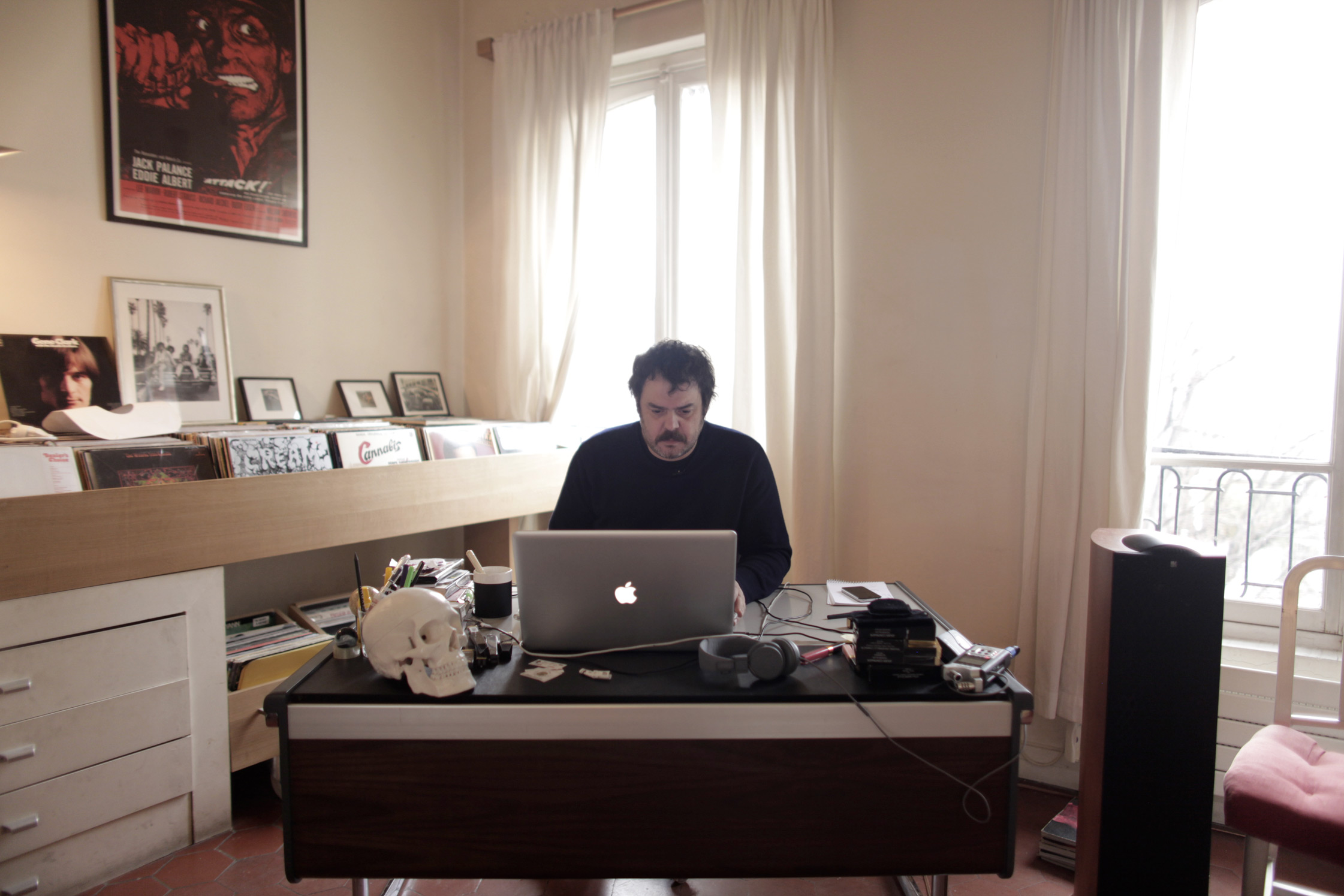
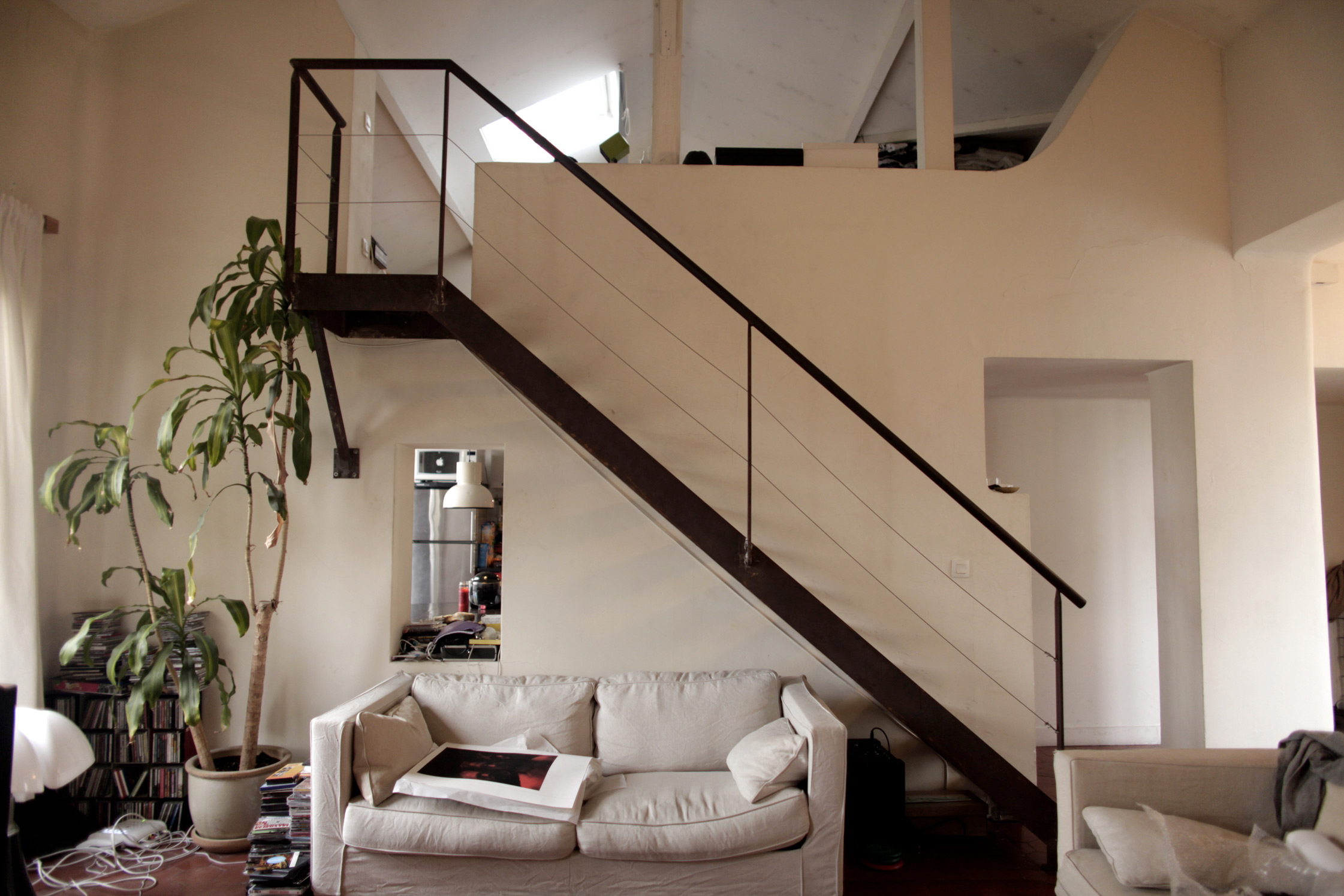
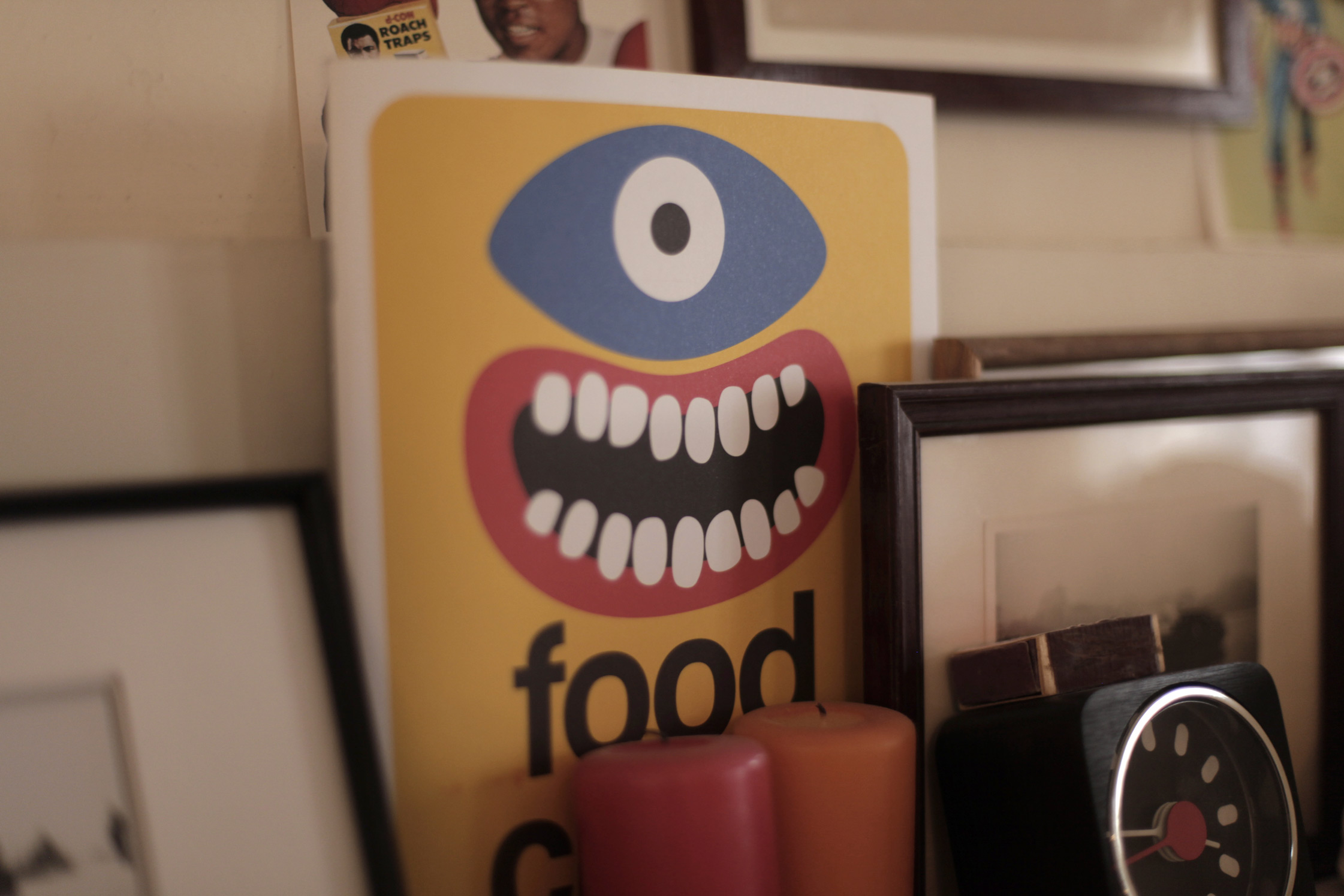
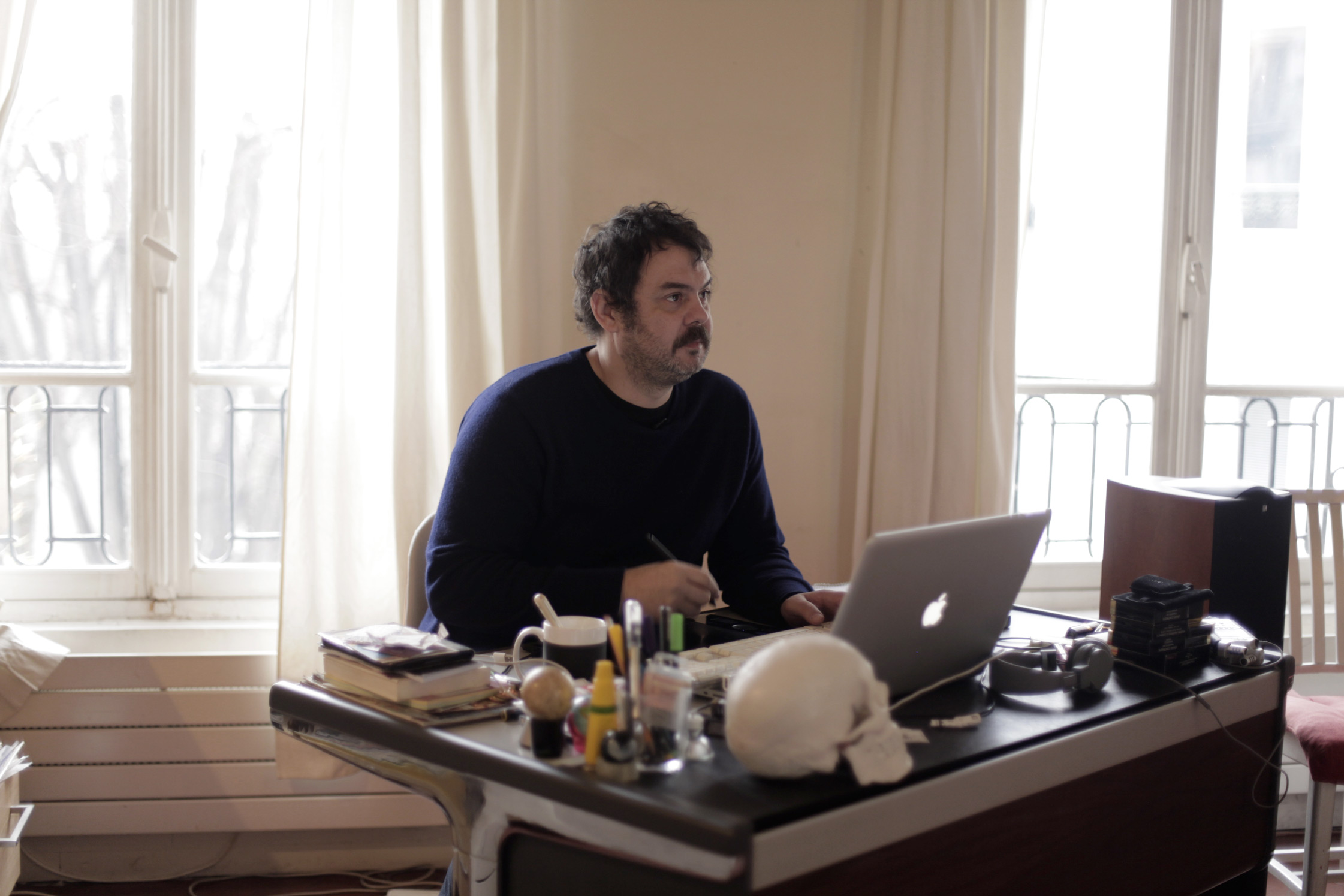
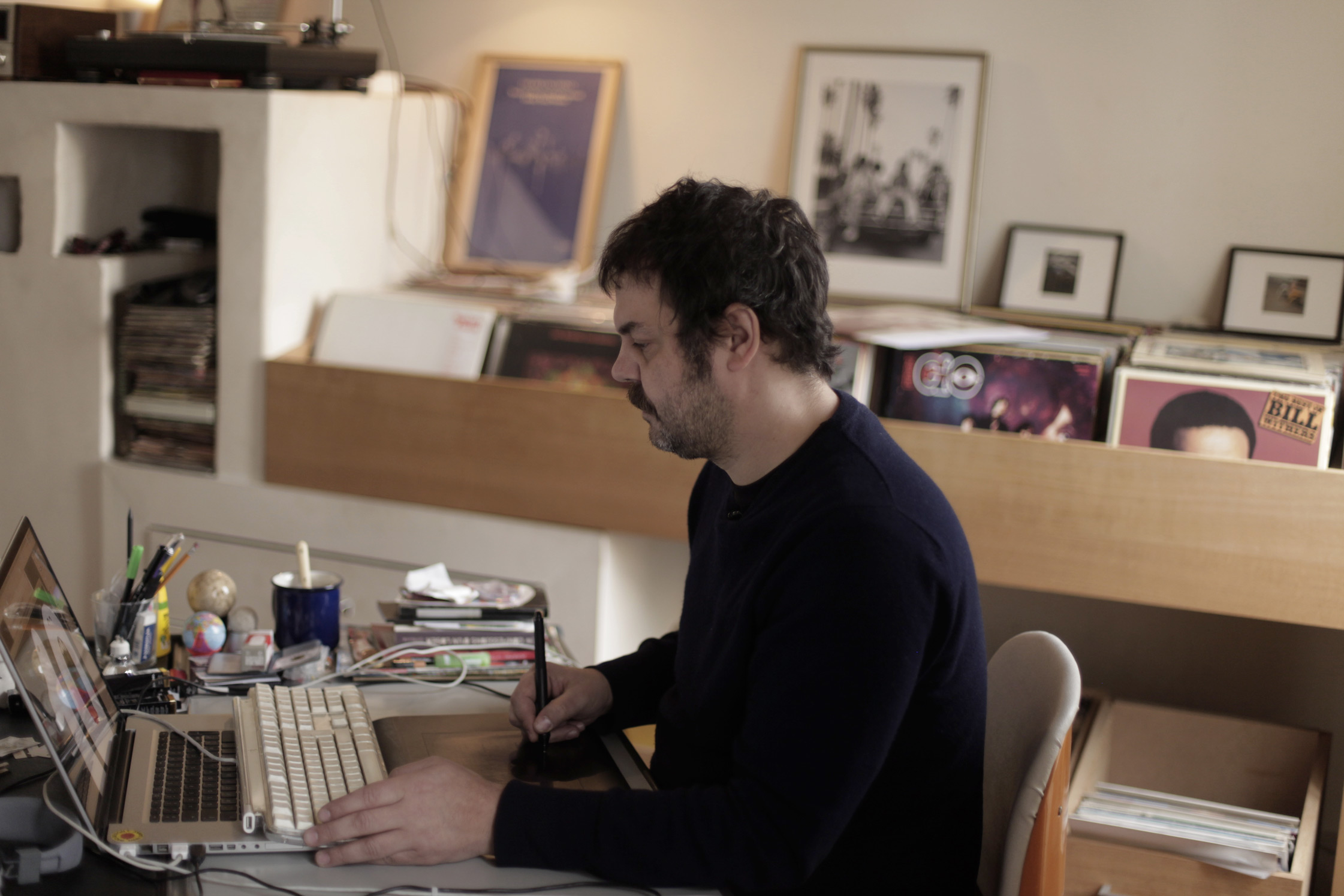
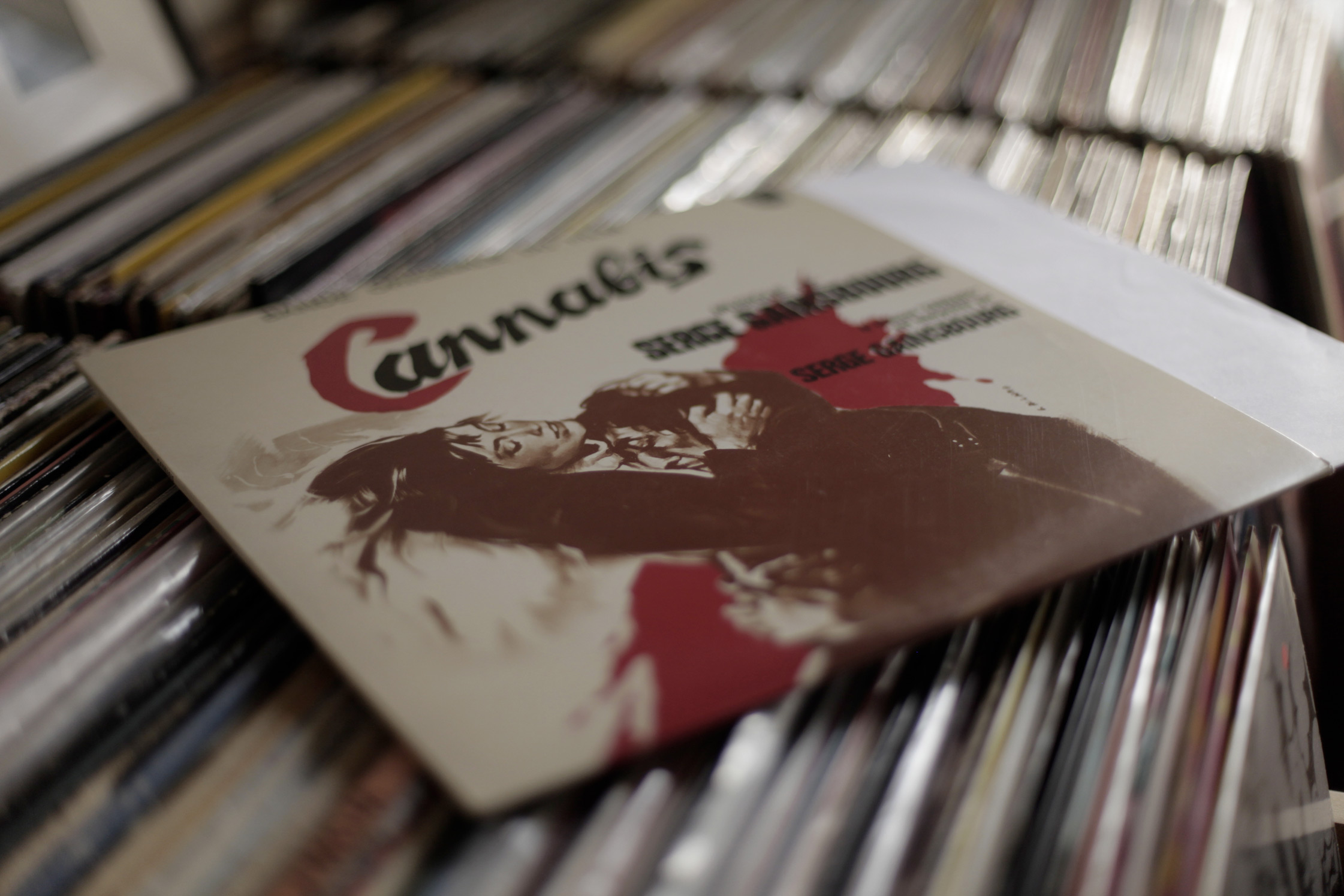
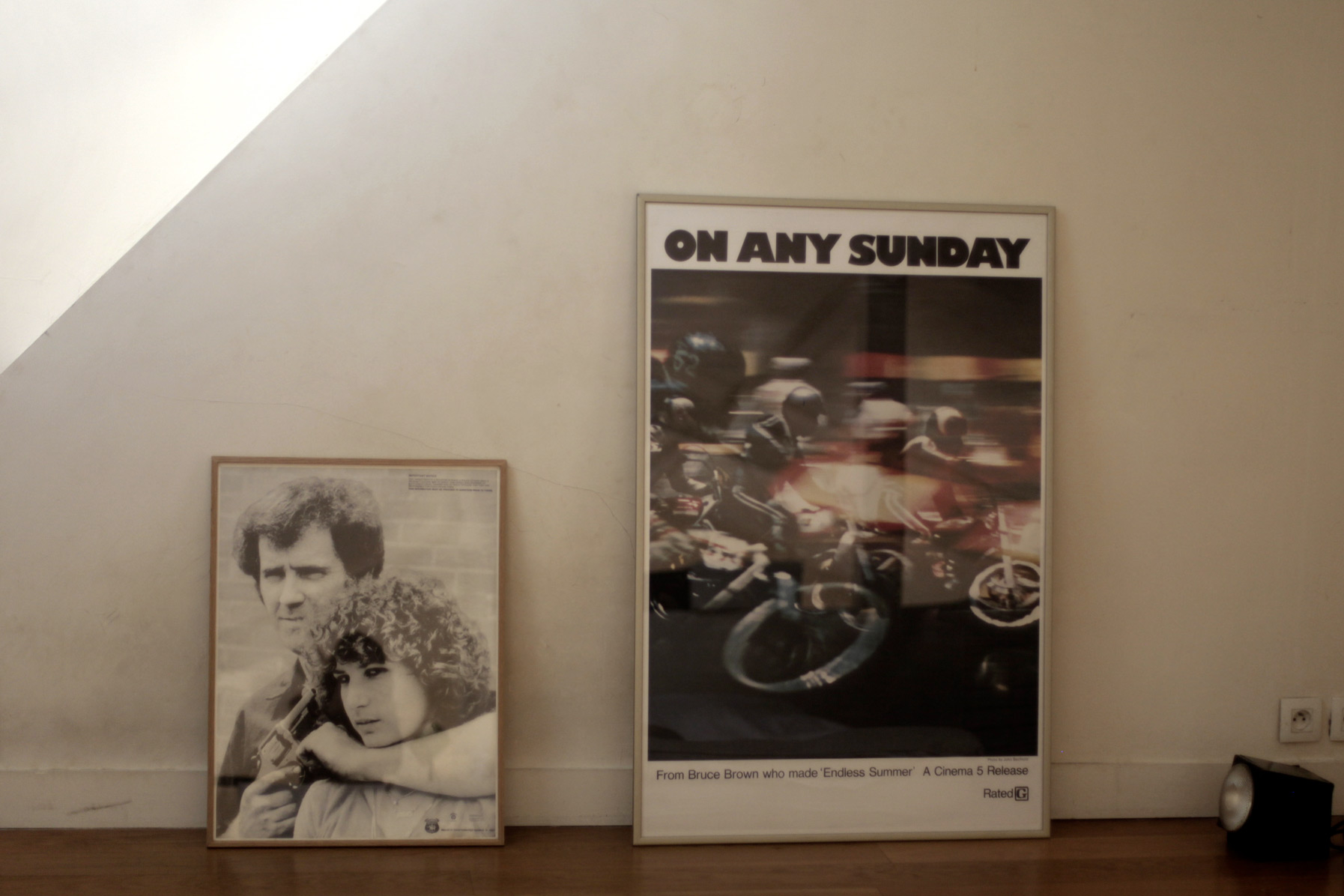
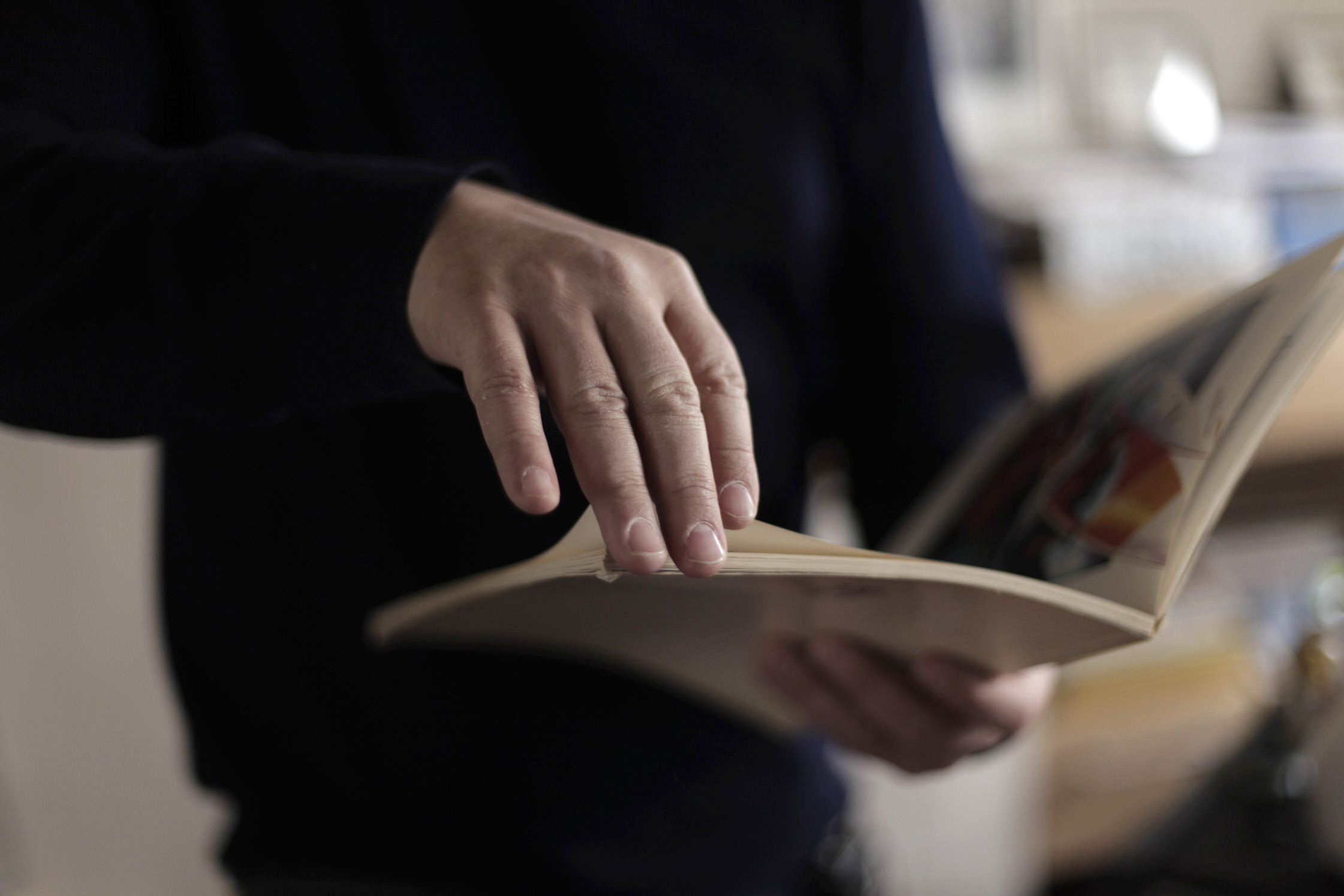
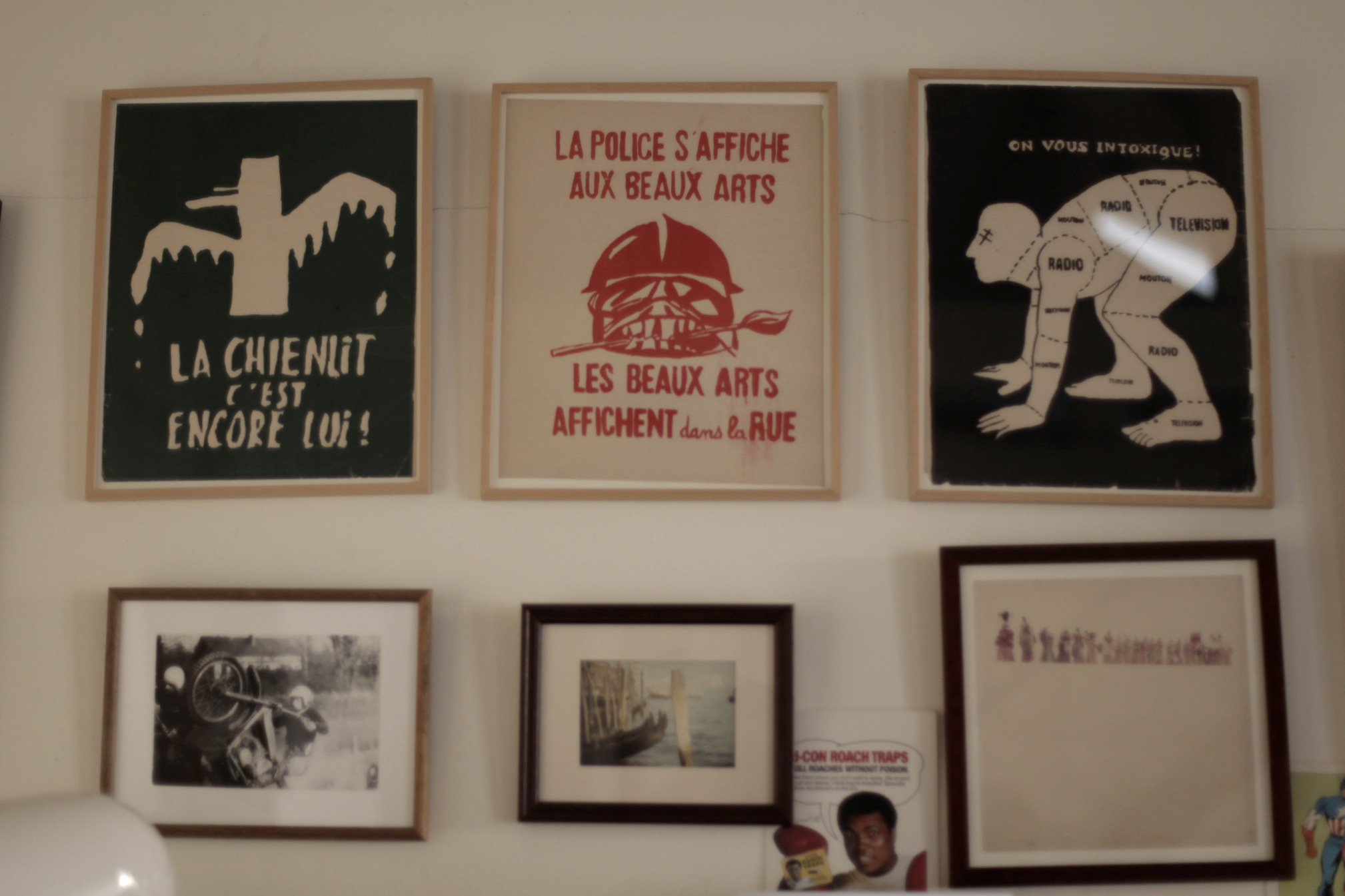
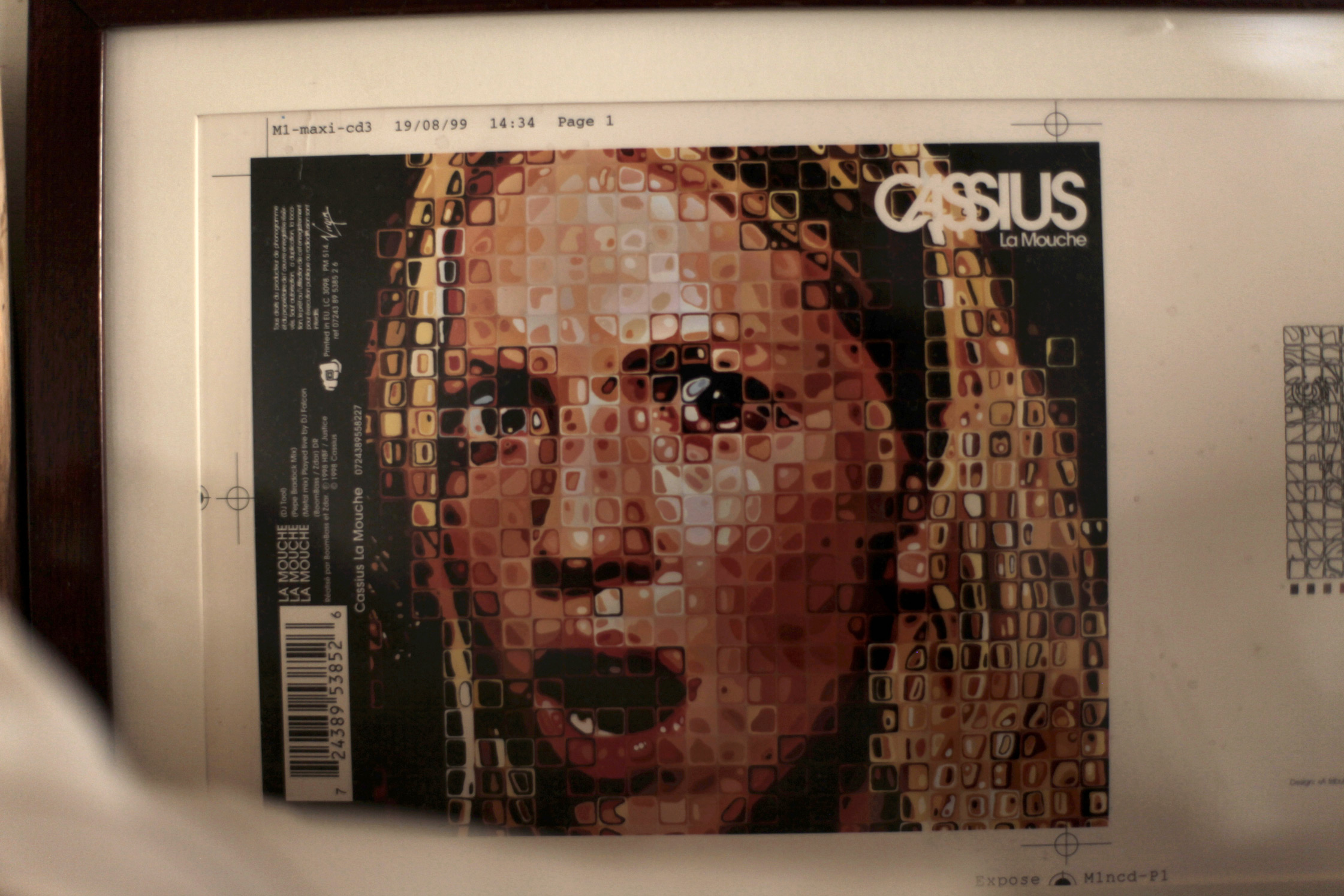
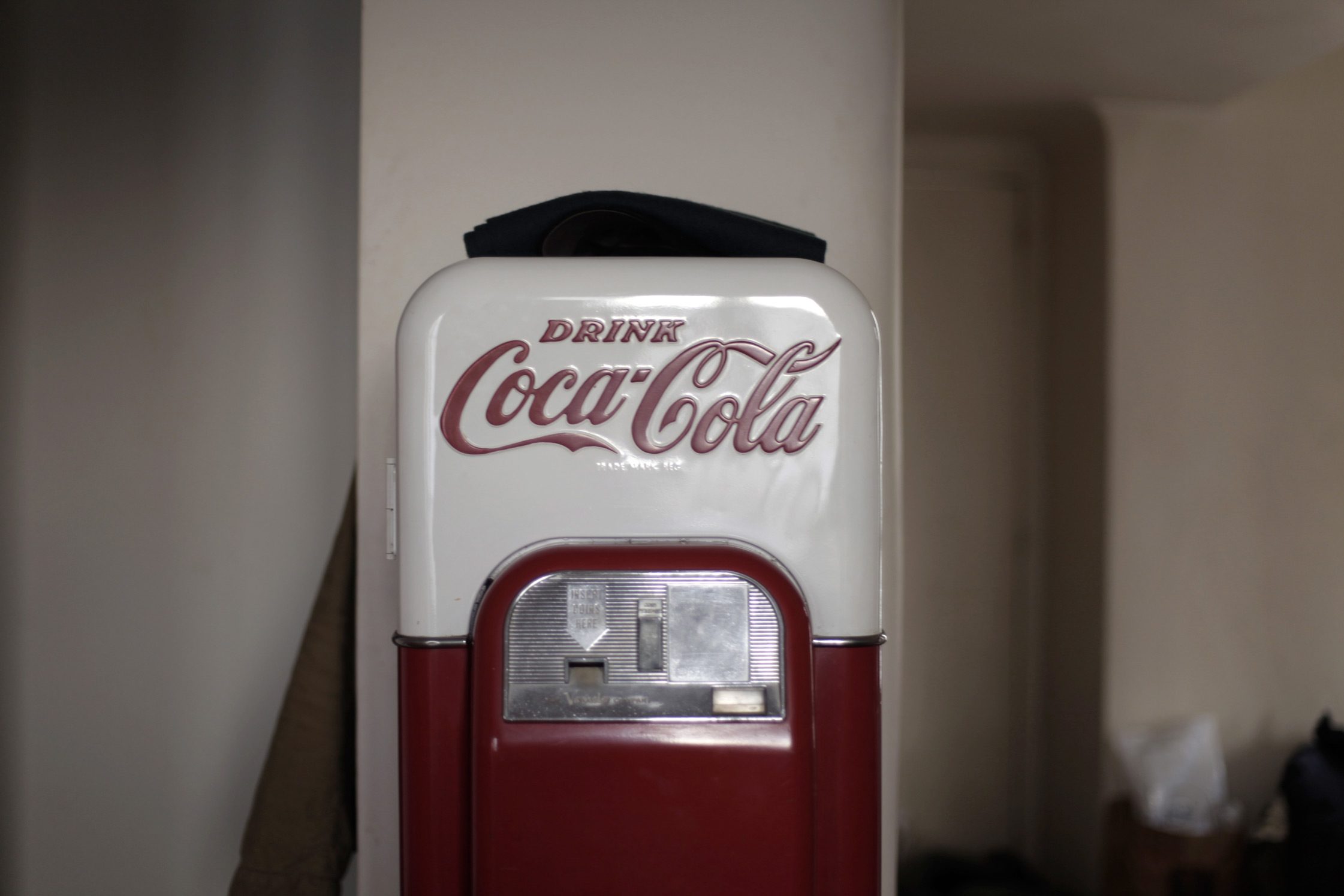
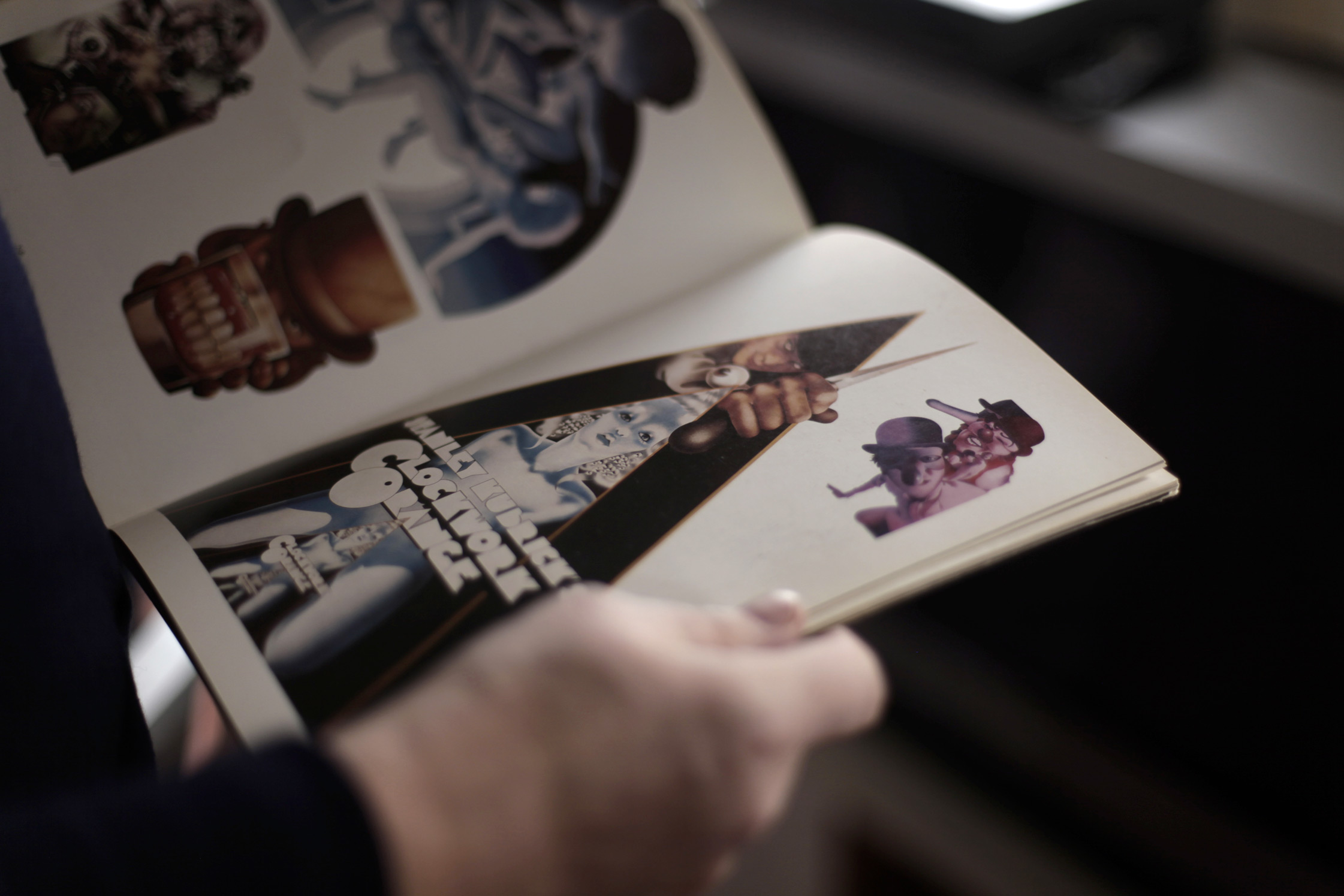
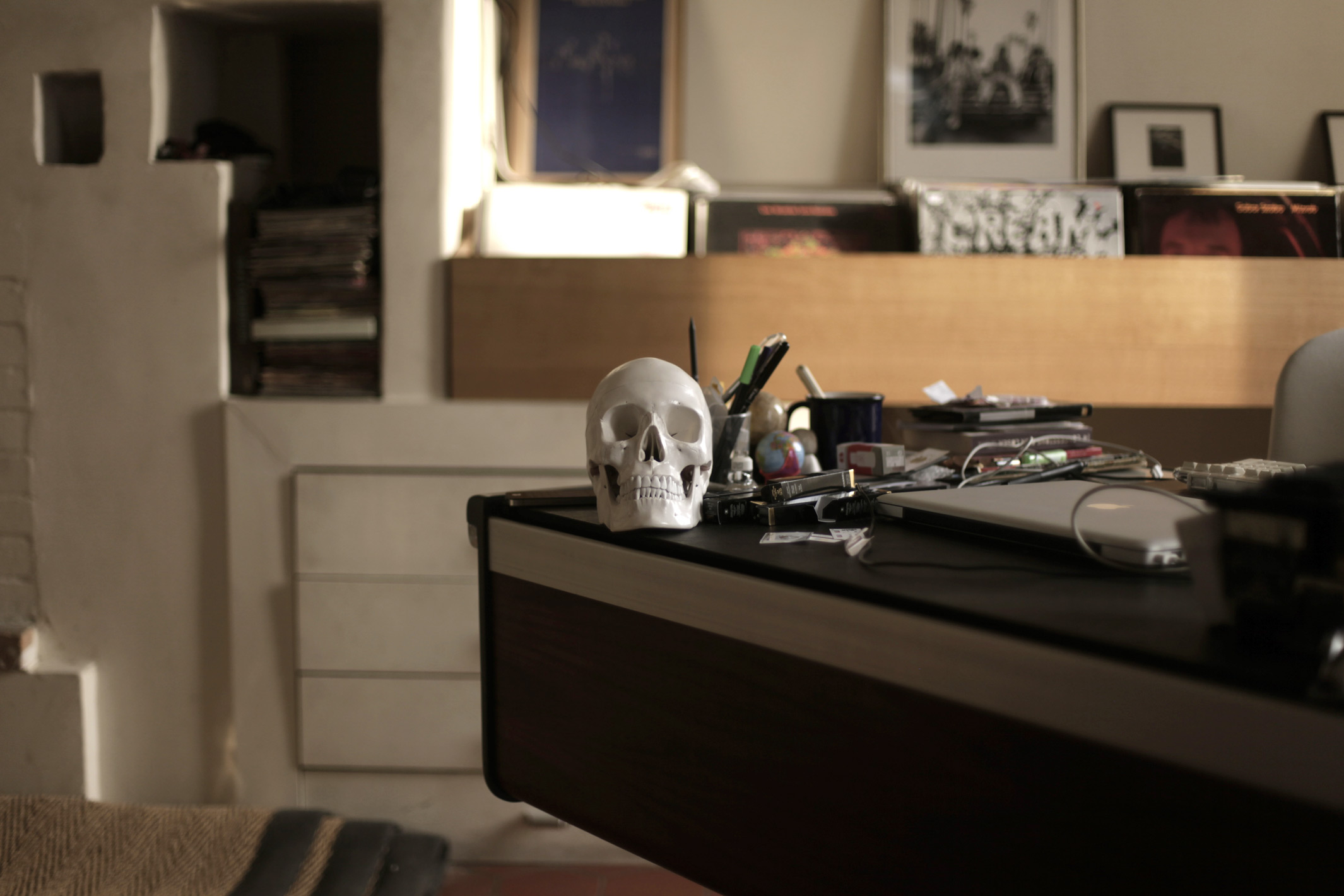
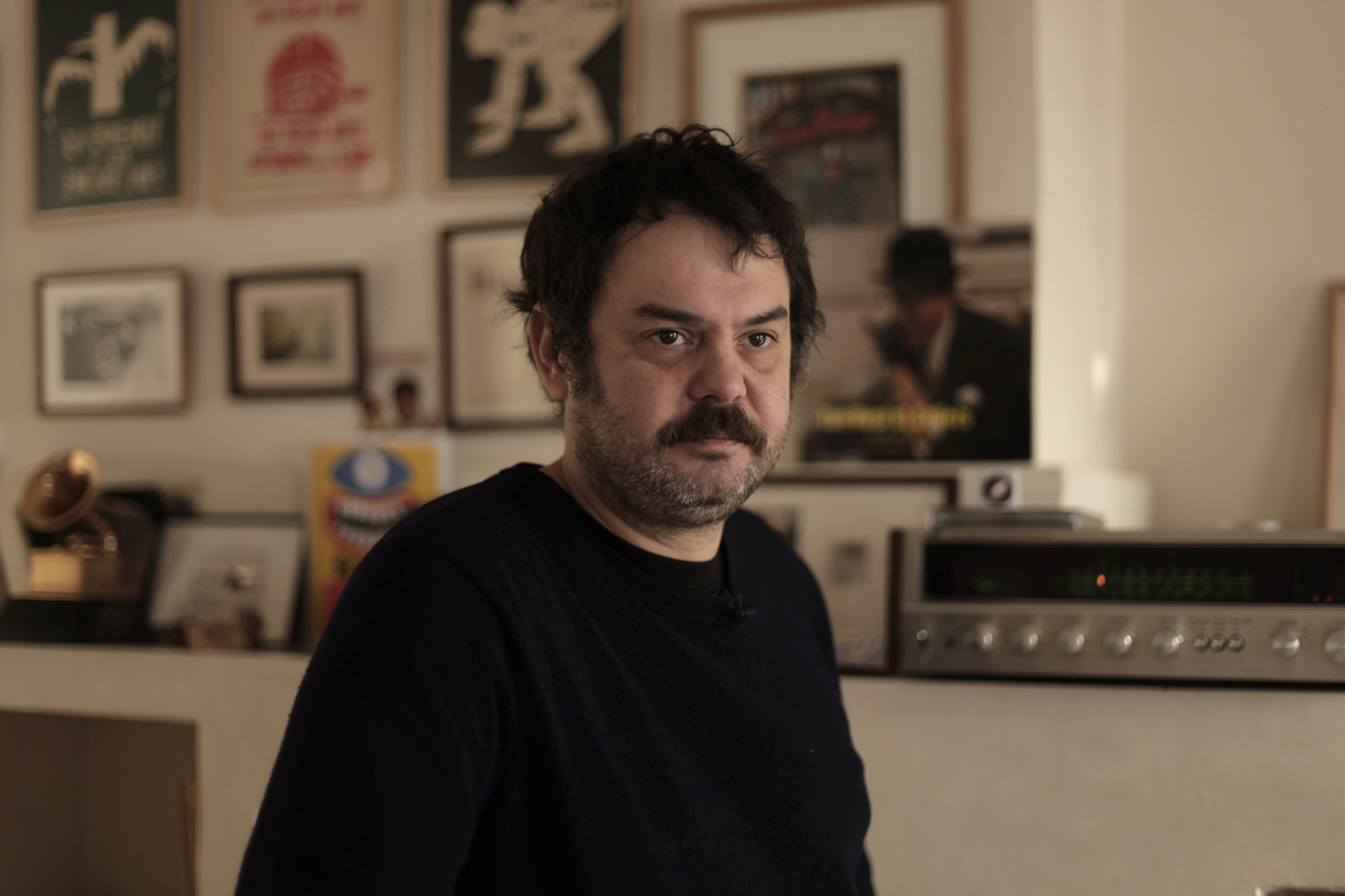

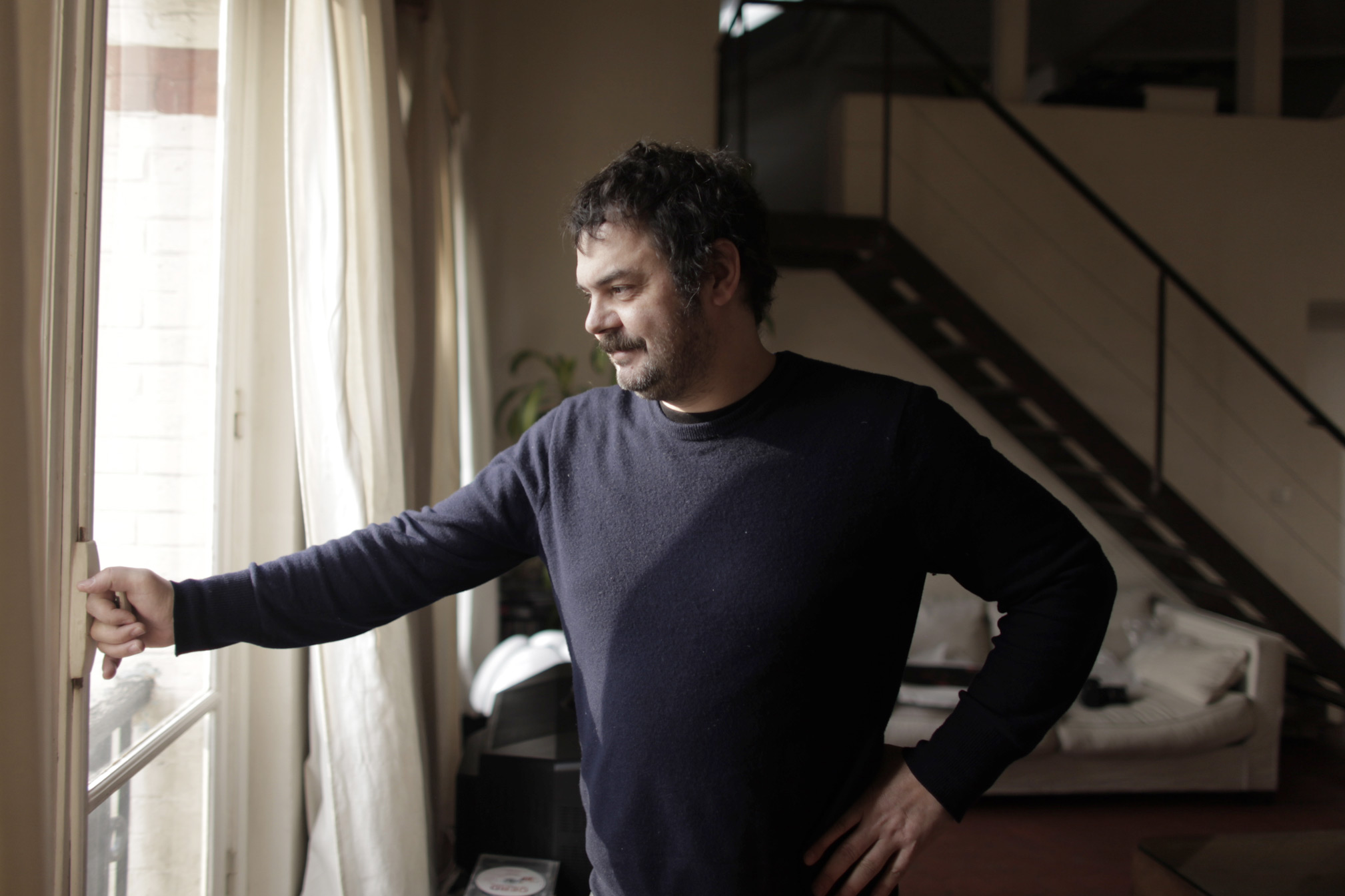
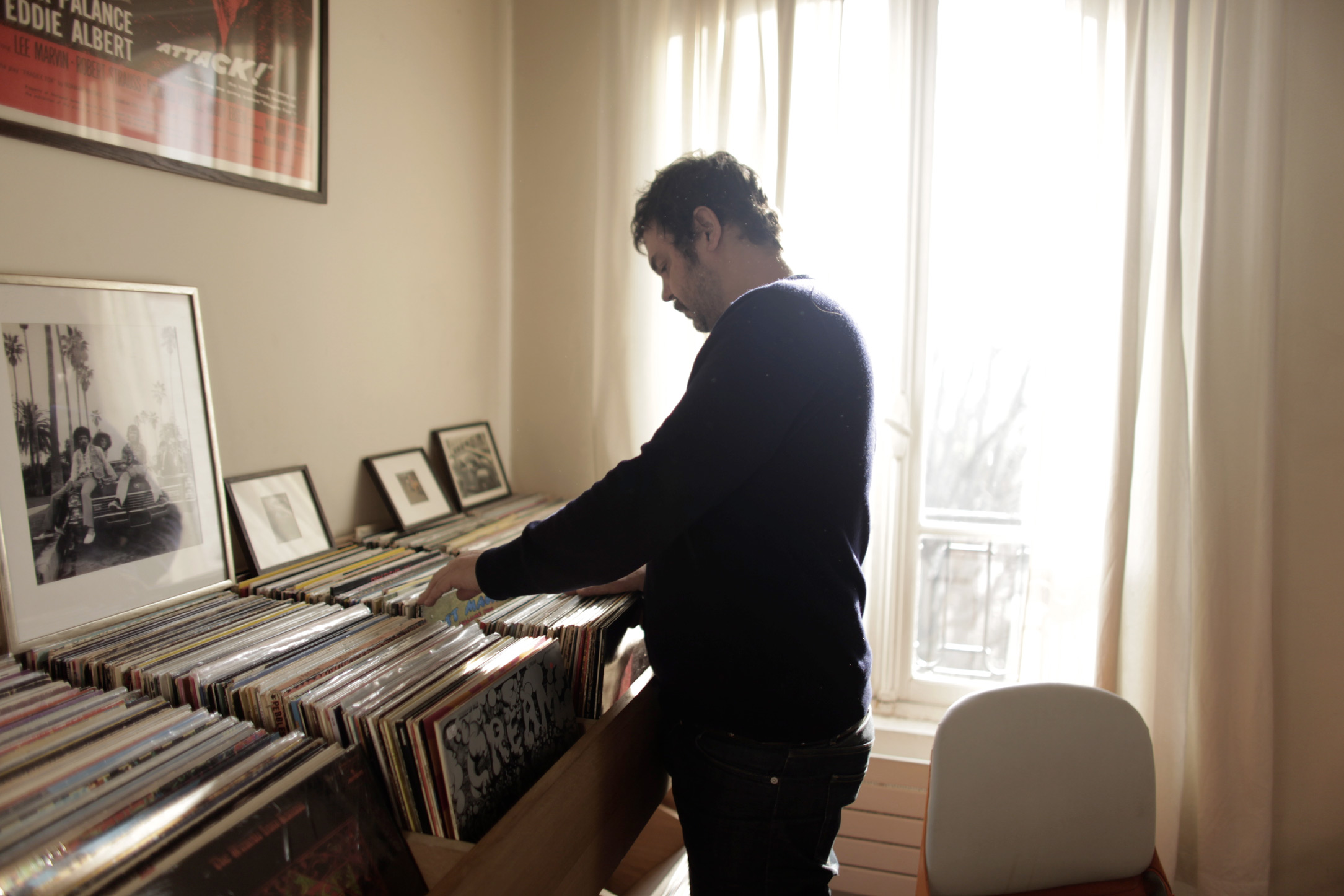
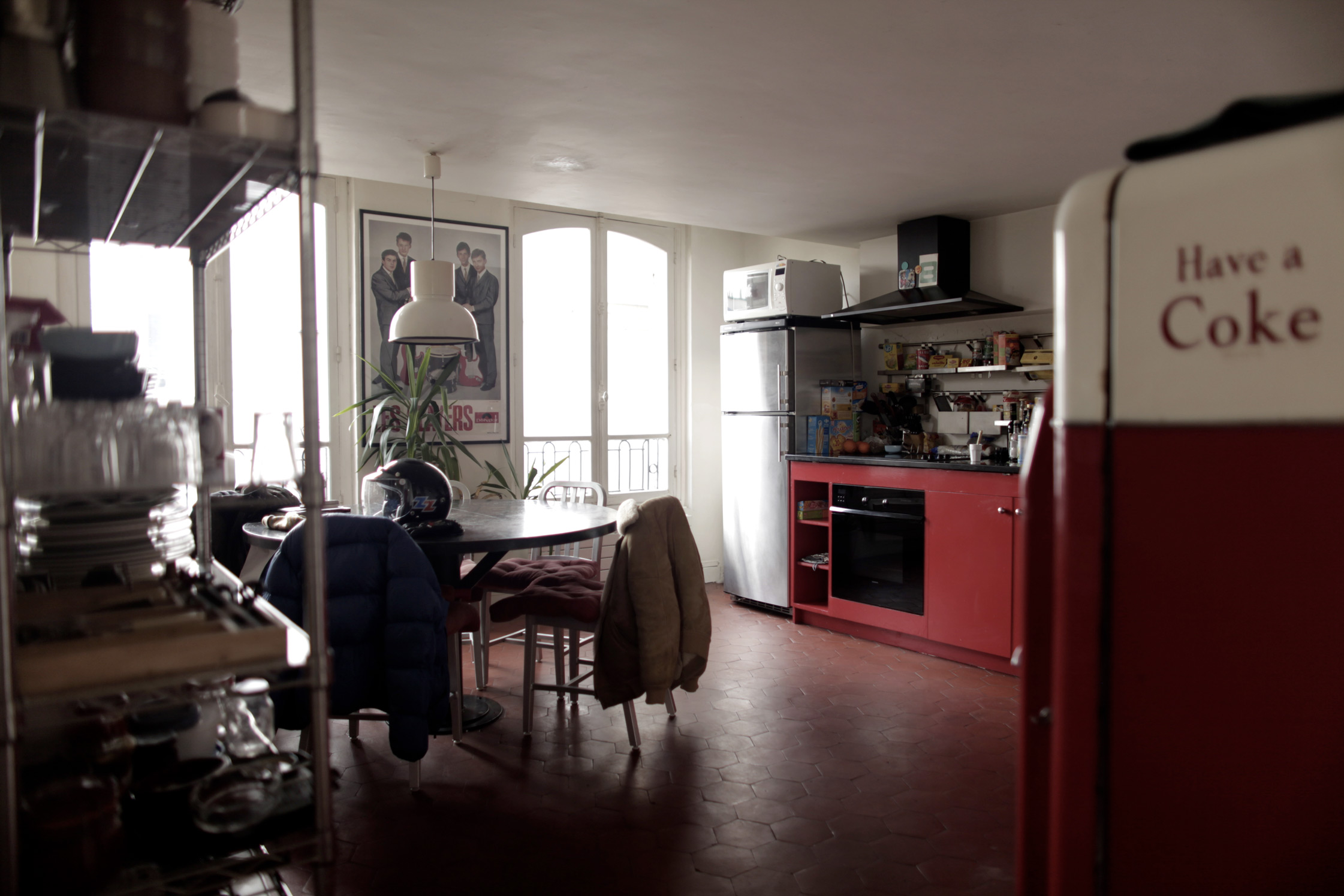
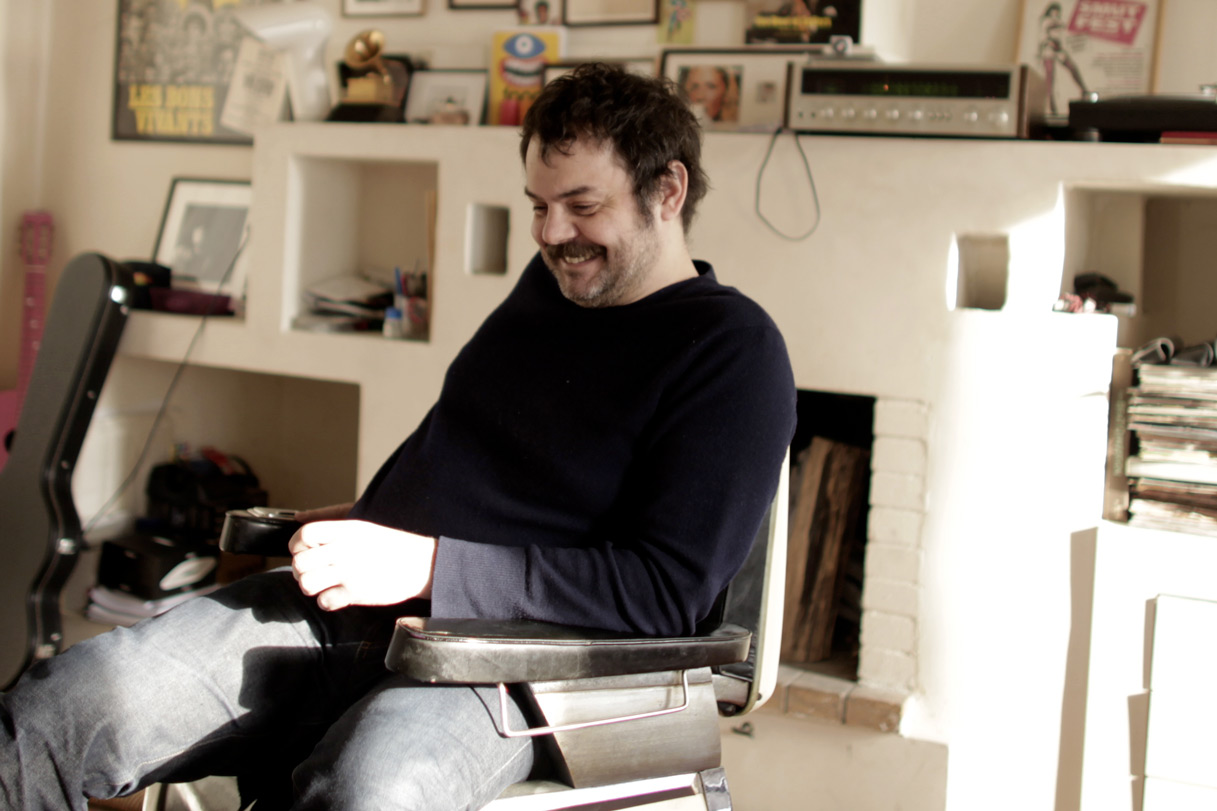
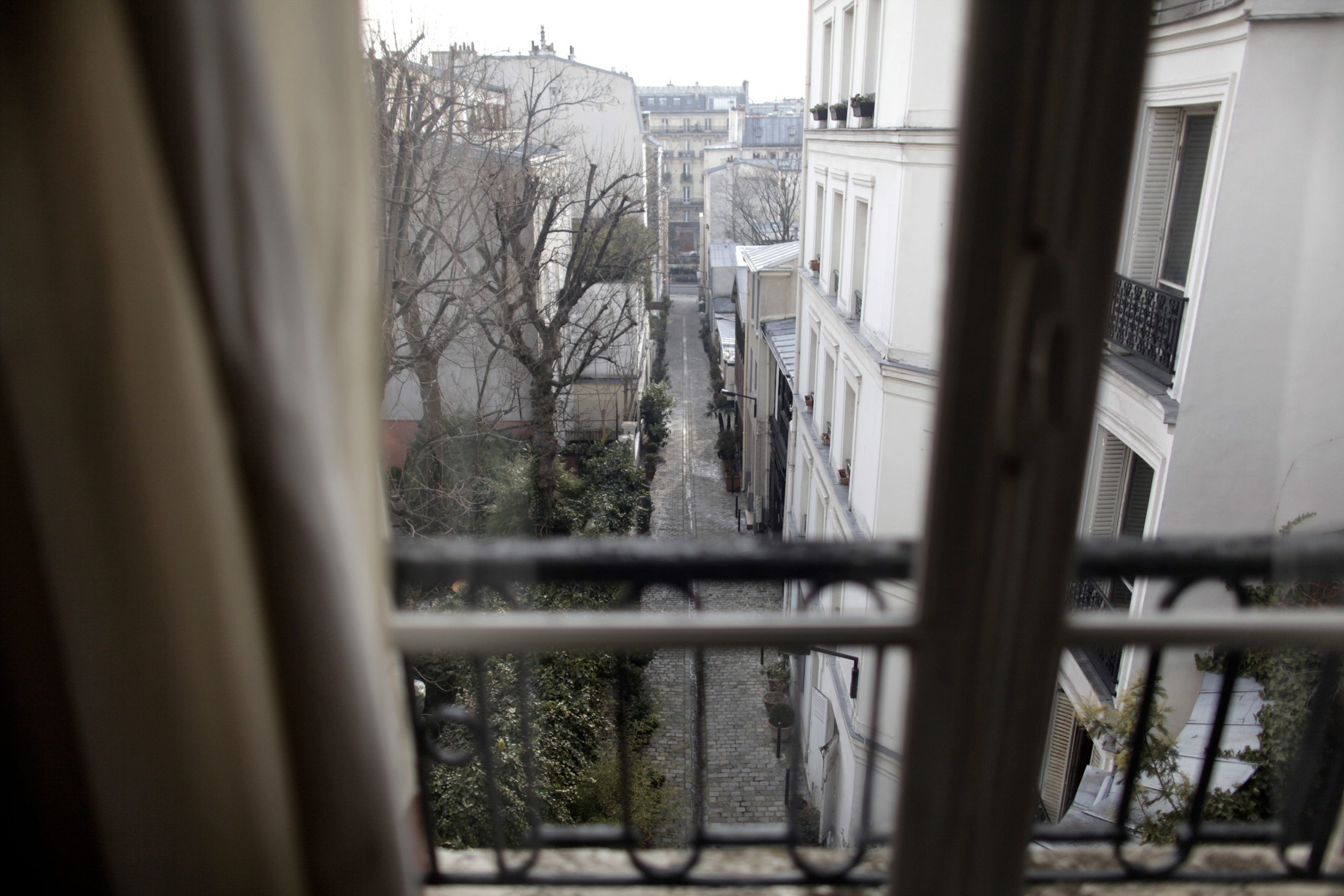
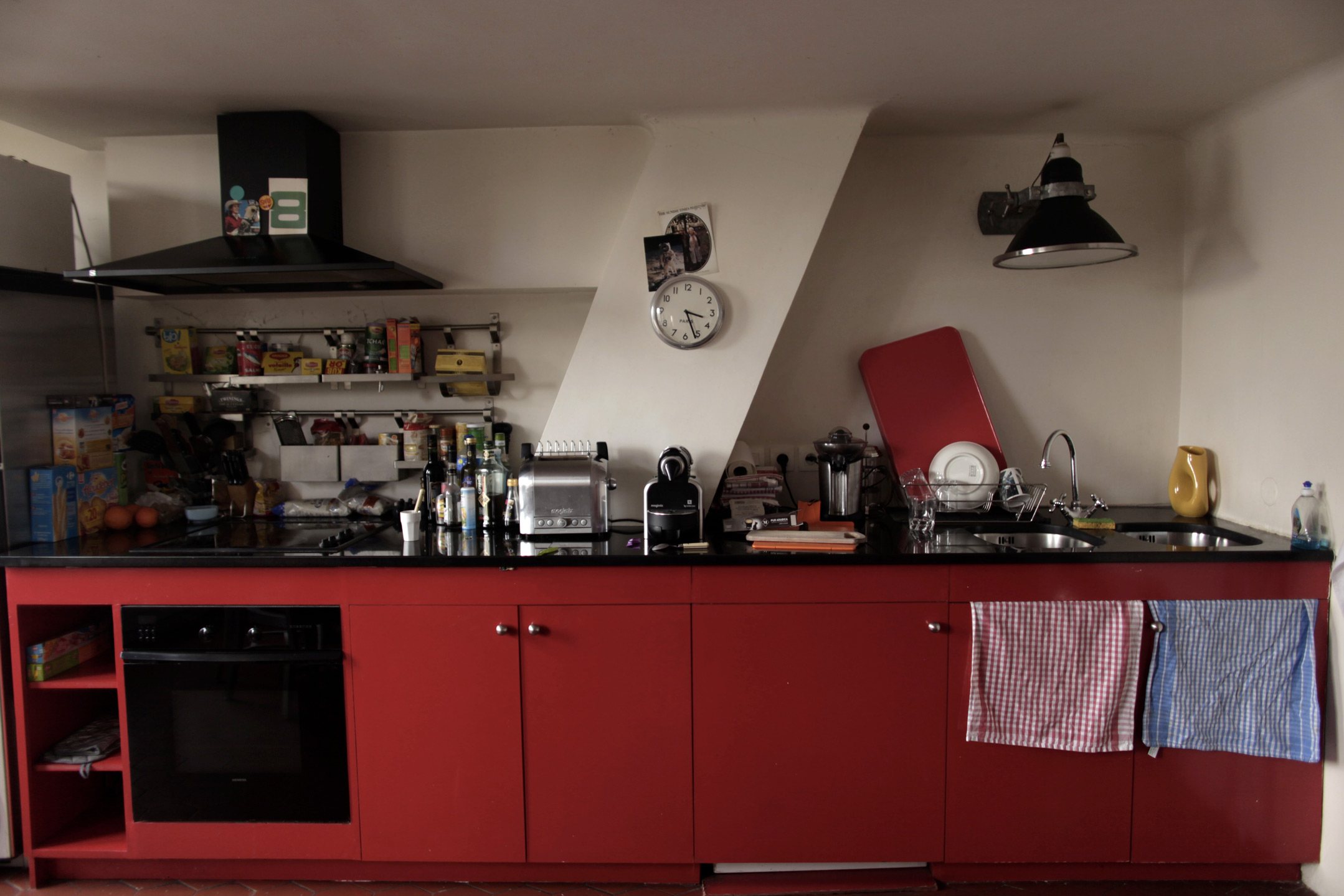
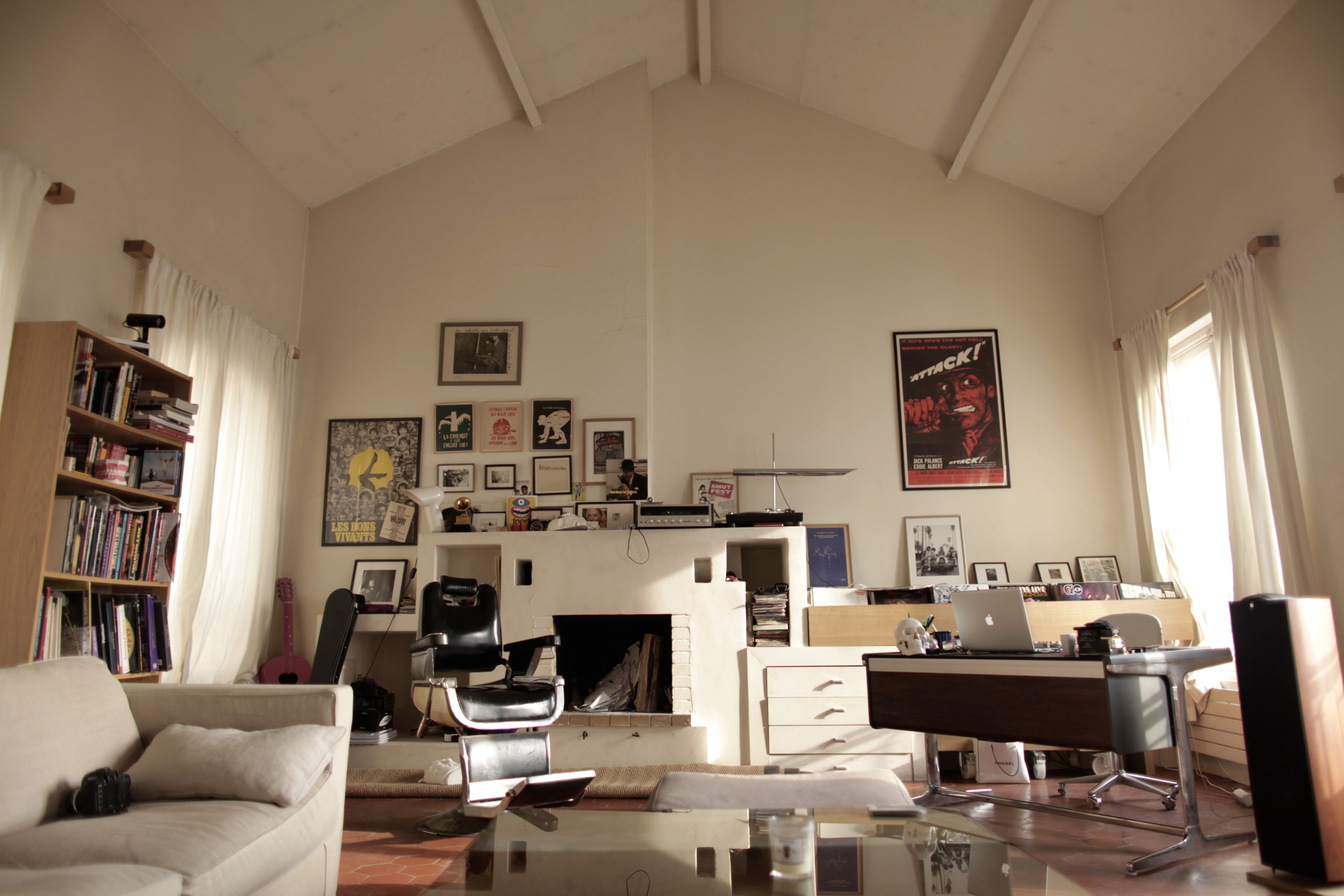
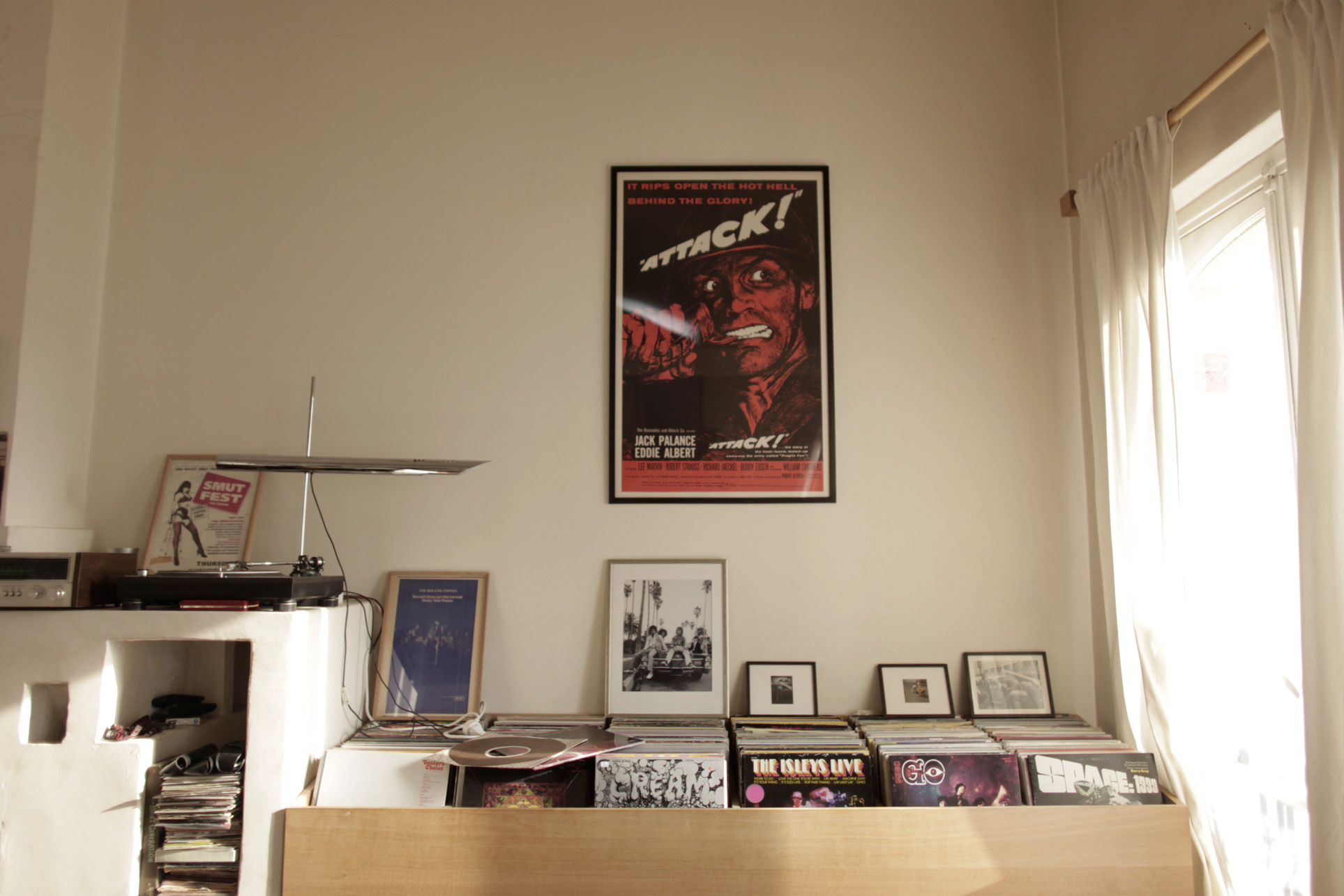
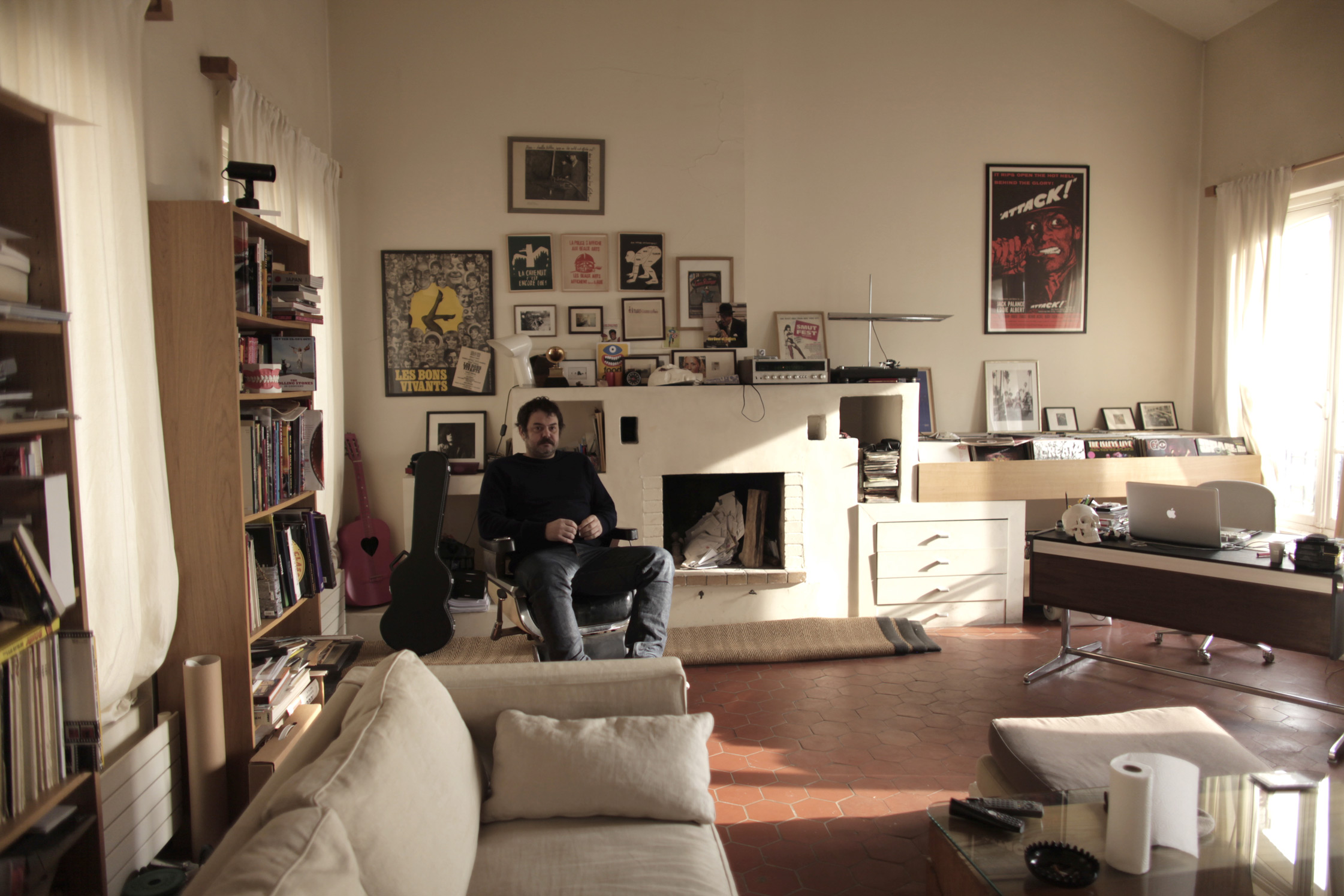
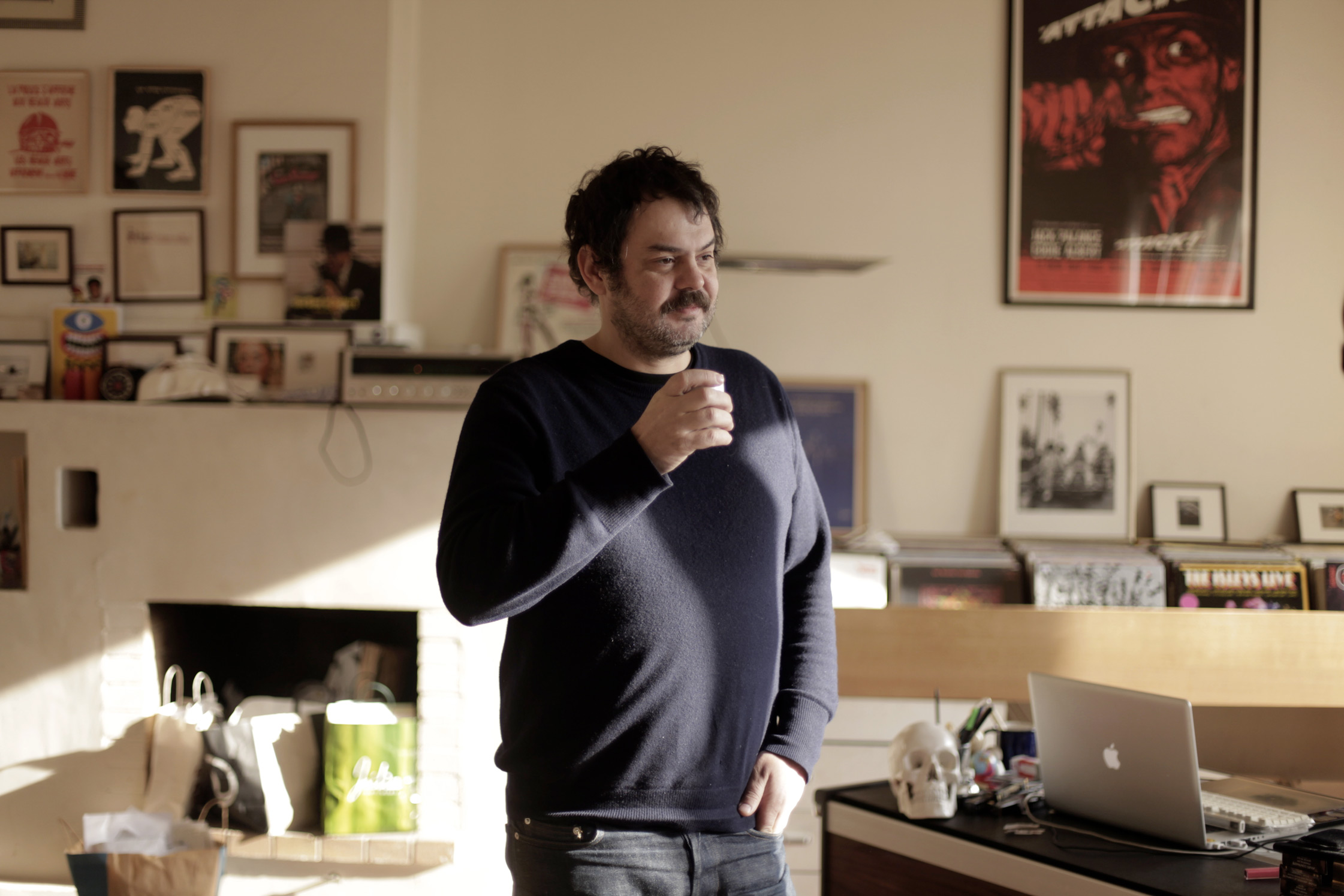
Before getting your name out there as a director, you were a graphic designer, right?
I still am!! I have always loved to draw. Since a kid, I wanted to illustrate music. I remember a drawing I made in elementary school, inspired by a Janis Joplin song. When I was 15, I had my real first aesthetical shock at the movies with “A clockwork Orange.”
In your work there are many references to graphic design from the 1960’s. Can we call it an influence?
I love Philip Castle, that’s a fact. The idea of the White Stripes’ Seven Nation Army video clip came from the poster of “A clockwork Orange.”
Movies like “Little Big Man or Sunset Boulevard” left a big impression on me while watching them as a little kid. But it’s mainly the music we were listening at home that is haunting me until today. I clearly remember the day I got the audio tape of “The Kinks.”
You never wanted to become a musician?
Ha! That is one great contrariety in my life. Everything came smoothly and natural in regards to drawing. Music, on the other hand, was something else. I never had the required patience to practice the guitar… and my fingers look like cocktail sausages, so I quit pretty quickly.
Can you tell us about your first video clip?
Before I graduated in graphic design from Penninghen Art School, I was already doing some record covers. My mate Martin was working in a post-production company and both of us already knew Philippe Zdar of Cassius. We offered him to make a video for the band and then got a chance. This gave birth to Cassius 1999. We worked on it for 6 months and asked for help here and there. It was a short shoot, some 2D and 3D, just at the beginning of post-production effects democratization with software like After Effects. MTV massively broadcasted the video and it was a success, which allowed us to sign with Partizan as a duo of director. After that, we had requests to direct videos for French touch figures like Phoenix, Air, but also Noir désir.
Was The White Stripes’ “Seven nation Army” video a step stone in your career?
For this one we just were really lucky, with only one weekend to find the idea for the video. As I mentioned, I was inspired by the poster of “A clockwork Orange.” The track was a big hit and the combination with the very graphic elements worked pretty well. I think this video put our names on a larger scene, since we could make videos for U2, Kylie Minogue, Jamiroquai, and Franz Ferdinand…
Where do your ideas for videos come from?
Uh… a little bit “just like that” (laughs). Sometimes the idea comes in 2 seconds, sometimes in 2 weeks, 2 months, too late or never. You can also recycle an idea you had that wasn’t accepted for a previous pitch.
Other times, music can be an inspiration. I don’t really tell stories in my videos. I always take an image or a graphic idea as a starting point. Then all the challenge is to make this idea work and turn it into a movie. For example, for Kazabian’s video I wanted to do something very mood/pop inspired. We shoot the band on a green screen but we had then to find a way to get splashes. After trying many solutions, the best was to throw condoms full of painting at them. For On’n’on of Justice, I was inspired by the lyrics, which deal with a neverending resumption. I wanted a video with a perpetual rebus consisting in nature and living elements. Actually, there are no rules in the process of generating ideas.
How came the opportunity for you to make your full length movie?
The producer Wassim Béji came to me with a project, The Incident. The script was ready, it was a horror movie. I was in right away. It was super exciting to go on a shoot for 30 days (I never did more than 3 days). Moreover, I story-boarded 75% of the movie; I really enjoyed drawing that much. The adventure lasted 2 years and it was really rich. I believe that my previous experiences in advertising and music video, with often shooting fast with minimum conditions, really helped me.
Right after the shooting, my buddy Gilles Lellouche asked me to direct one of the parts in his movie called “Les Infidèles.” Nothing to do here with The Incident, since I worked with French cinema stars like Jean Dujardin and Sandrine Kimberlain. It is a comedy about unfaithfullness. Husbands are sent to a group therapy called “The Anonymous Unfaithful,” animated by Sandrine Kimberlaine.
After 2-3 years to complete these projects, I’m now starting again to make videos with a new team. I quit Partizan for Division, which brings a new energy on some cool projects. Whether it is for Justice or Sebastian Tellier, we definitely had some great fun this year.
Which band would be a dream to make a video for?
I like The Black Keys, the White Denims, but wouldn’t it be cool to have the Stones?!!
Thank you so much for your time, Alexandre! To check out the variety of his works, take a look at his Website.
Interview: Ilan Rosenblatt
Photos: Natalie Weiss
Translation: Léa Munsch
